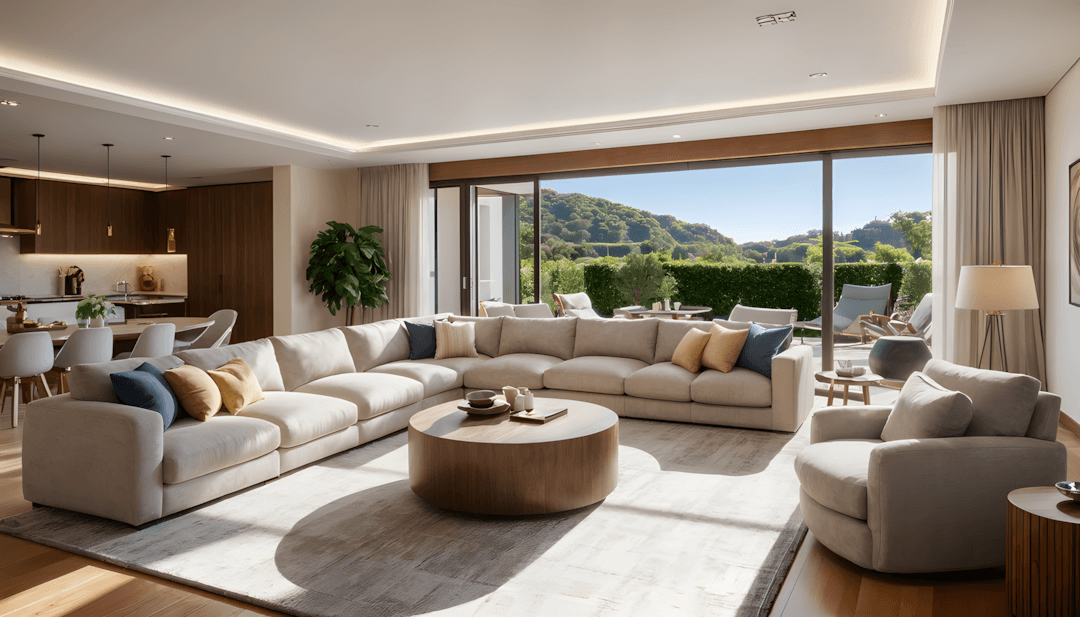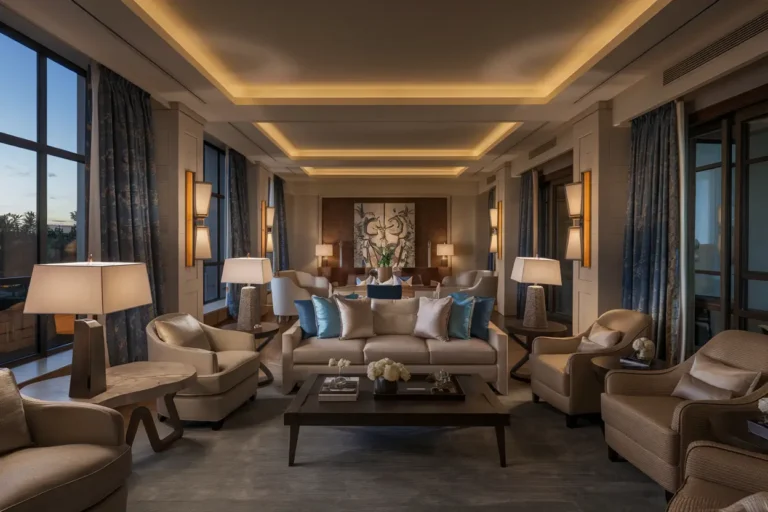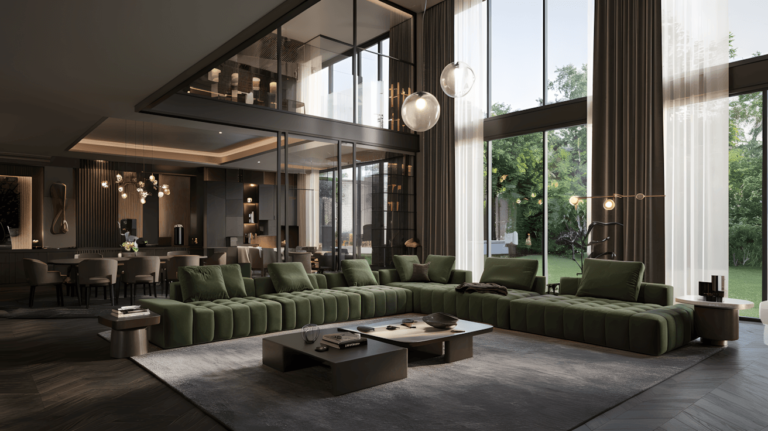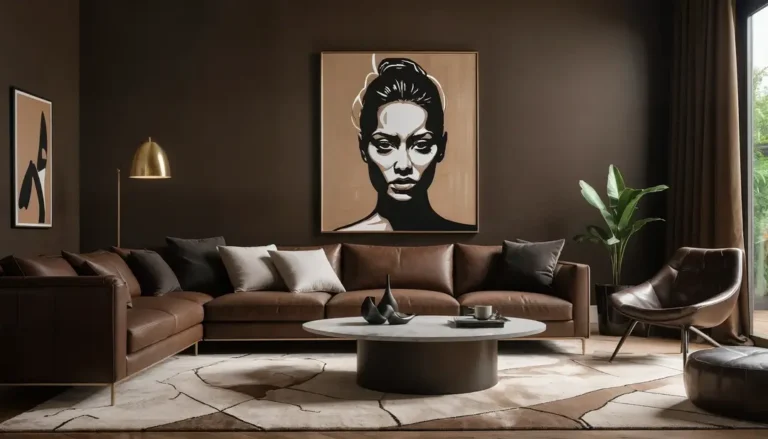In my experience working with homeowners on living room designs, I’ve observed that creating cozy environments often involves layering multiple comfort elements while maintaining visual harmony.
Through various projects, I’ve learned that successful cozy aesthetics typically balance functional comfort with intentional design choices that encourage relaxation and personal connection to the space.
Note: For any structural modifications, electrical work, or installations mentioned in this article, always consult with licensed professionals to ensure safety and code compliance.
What makes cozy living room design particularly effective is the combination of tactile comfort, warm lighting, and personal elements that reflect individual lifestyle needs.
I’ve found that homeowners often seek cozy aesthetics because they typically want spaces that feel like retreats from daily stress while remaining functional for both solitary relaxation and social gatherings.
The foundation of cozy design often lies in understanding how different elements work together to create environments that feel both comfortable and visually appealing. Successful cozy spaces typically incorporate multiple sensory experiences—soft textures, warm lighting, pleasant scents, and visual elements that promote calm and contentment.
Here are 25 approaches for creating cozy living room aesthetics that often work well in different home environments, based on observations from various design projects.
1. Multi-Texture Layering Strategy
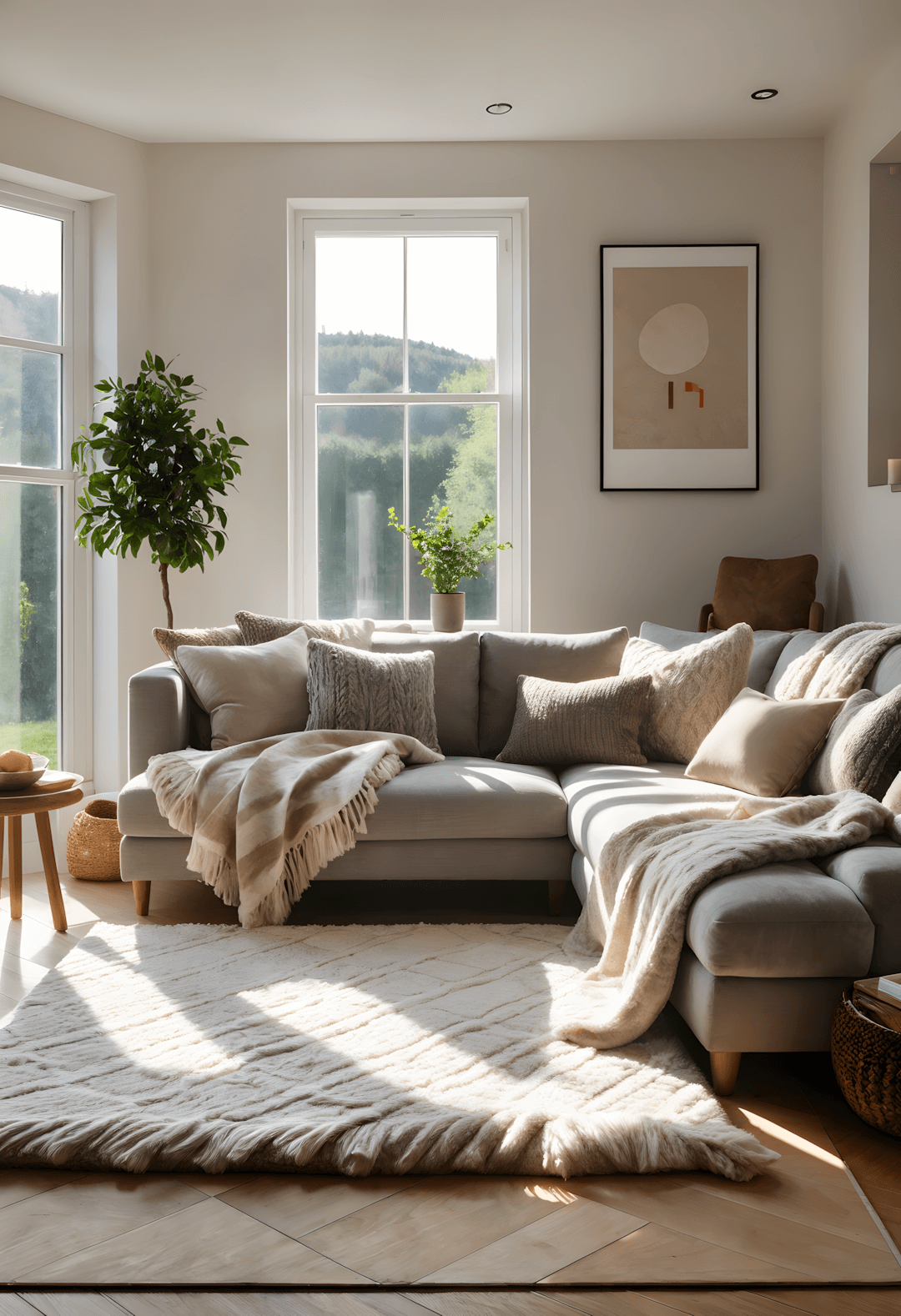
This foundational approach often appeals to homeowners seeking immediate comfort enhancement. Combining various soft textures through throw blankets, area rugs, and cushions typically creates inviting environments that encourage physical comfort and relaxation.
Design consideration: Natural fibers like cotton, linen, and wool often provide both visual appeal and tactile satisfaction while maintaining durability for daily use.
Practical benefit: Layered textures often allow for seasonal adjustments and easy refresh opportunities without major investment or renovation.
2. Neutral Foundation with Warm Accents
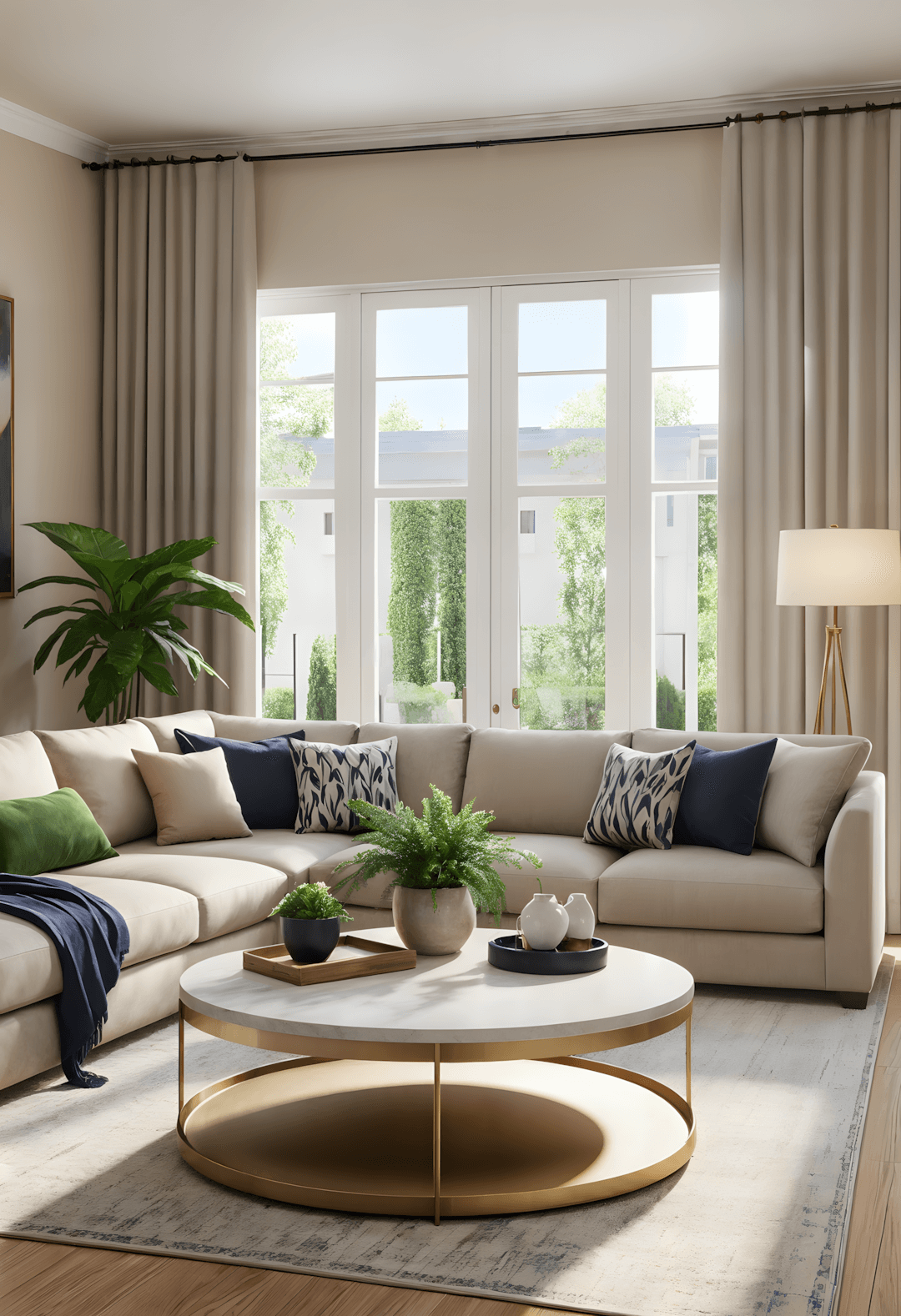
This balanced approach often works well for homeowners wanting serene yet welcoming environments. Neutral base colors typically provide calming foundations while strategic warm accents add personality and visual interest.
Color strategy: Soft beiges, warm grays, and light taupes often create versatile backdrops that work with various accent colors and seasonal changes.
Design flexibility: This approach often allows for easy decorating updates through accessories while maintaining a cohesive, timeless foundation.
3. Abundant Pillow Arrangement
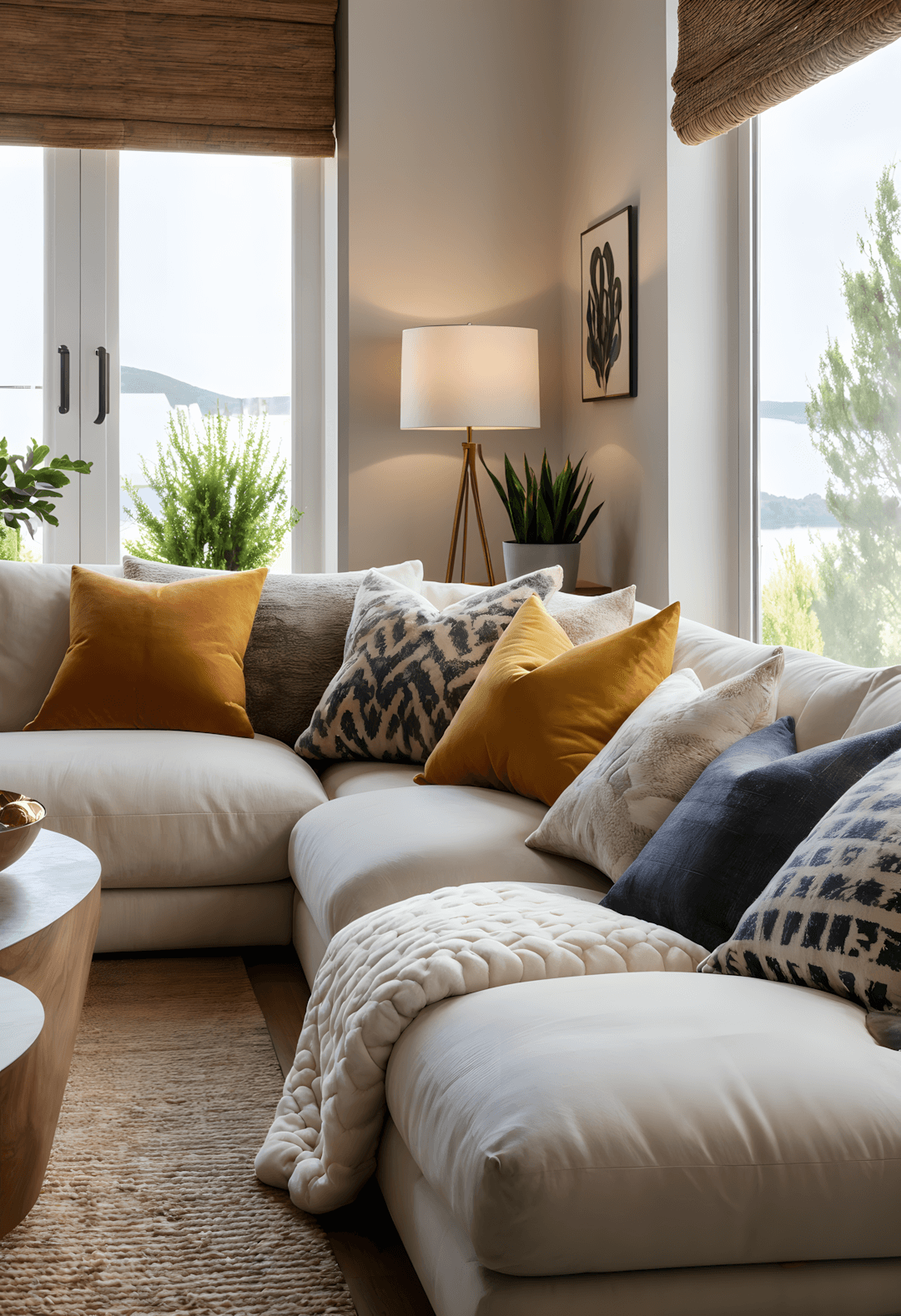
This comfort-focused approach often appeals to homeowners prioritizing relaxation and casual lounging. Multiple pillows in varied sizes and textures typically create inviting seating areas that encourage settling in and staying comfortable.
Design consideration: Mixing different fabrics—velvet, chenille, cotton, and linen—often creates visual and tactile interest while maintaining overall comfort.
Practical approach: Varying pillow sizes often provides both decorative impact and functional support for different seating preferences and activities.
4. Oversized Furniture Selection
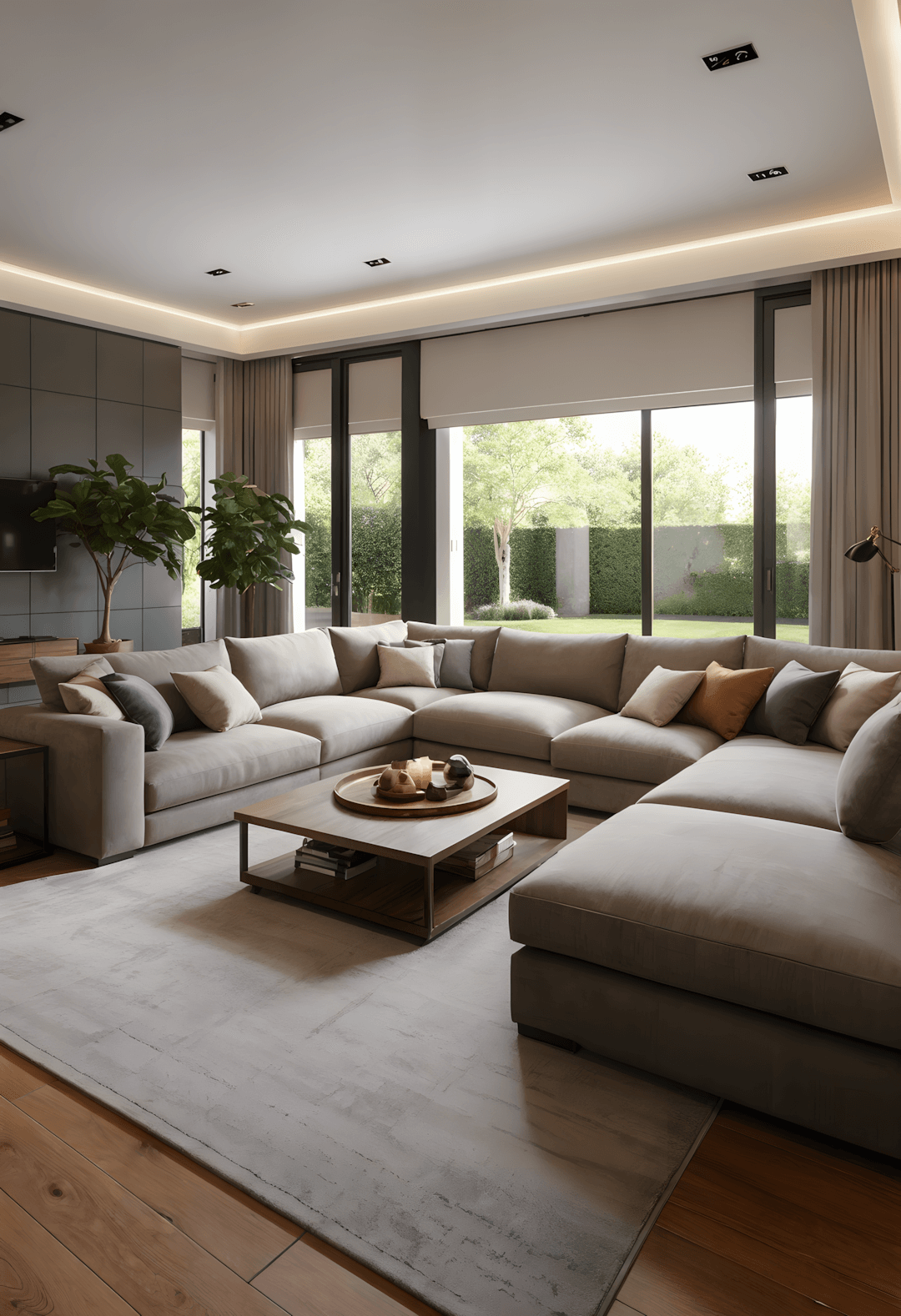
This generous approach often works well for homeowners wanting furniture that encourages relaxation and gathering. Large-scale seating typically creates environments that feel embracing and comfortable for extended periods.
Design benefit: Substantial furniture often makes spaces feel more intimate while providing ample room for multiple people or various lounging positions.
Space consideration: Proper scale often becomes important to ensure oversized pieces enhance rather than overwhelm the available space.
5. Layered Ambient Lighting
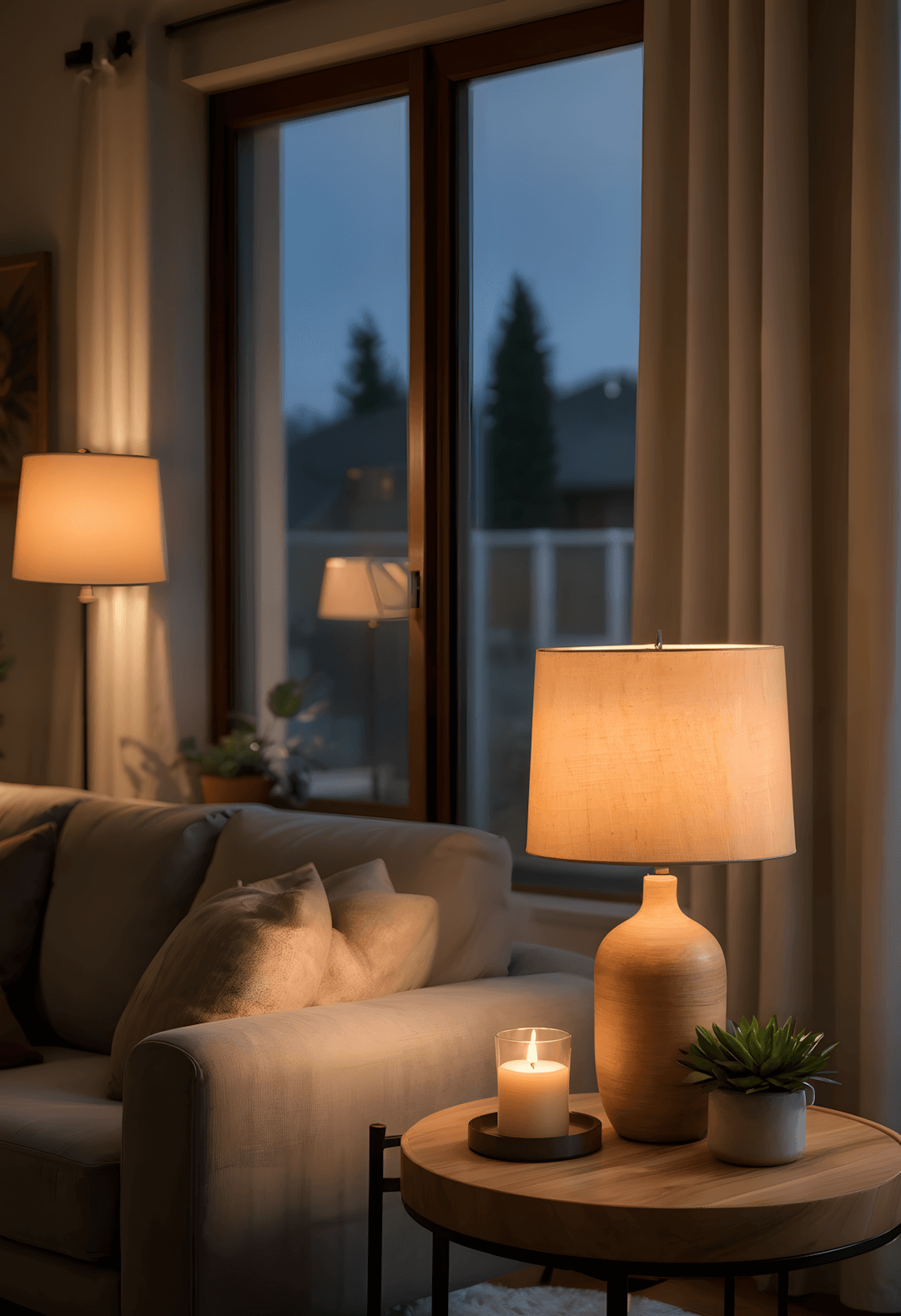
This atmospheric approach often appeals to homeowners understanding lighting’s impact on mood and comfort. Multiple light sources at different levels typically create warm, inviting environments that adapt to various activities and times of day.
Lighting strategy: Combining table lamps, floor lamps, and candles often provides flexibility while maintaining consistently warm, soft illumination.
Design enhancement: Warm-toned bulbs and dimmer switches often allow for customizable ambiance that supports both active use and relaxation.
6. Natural Wood Integration
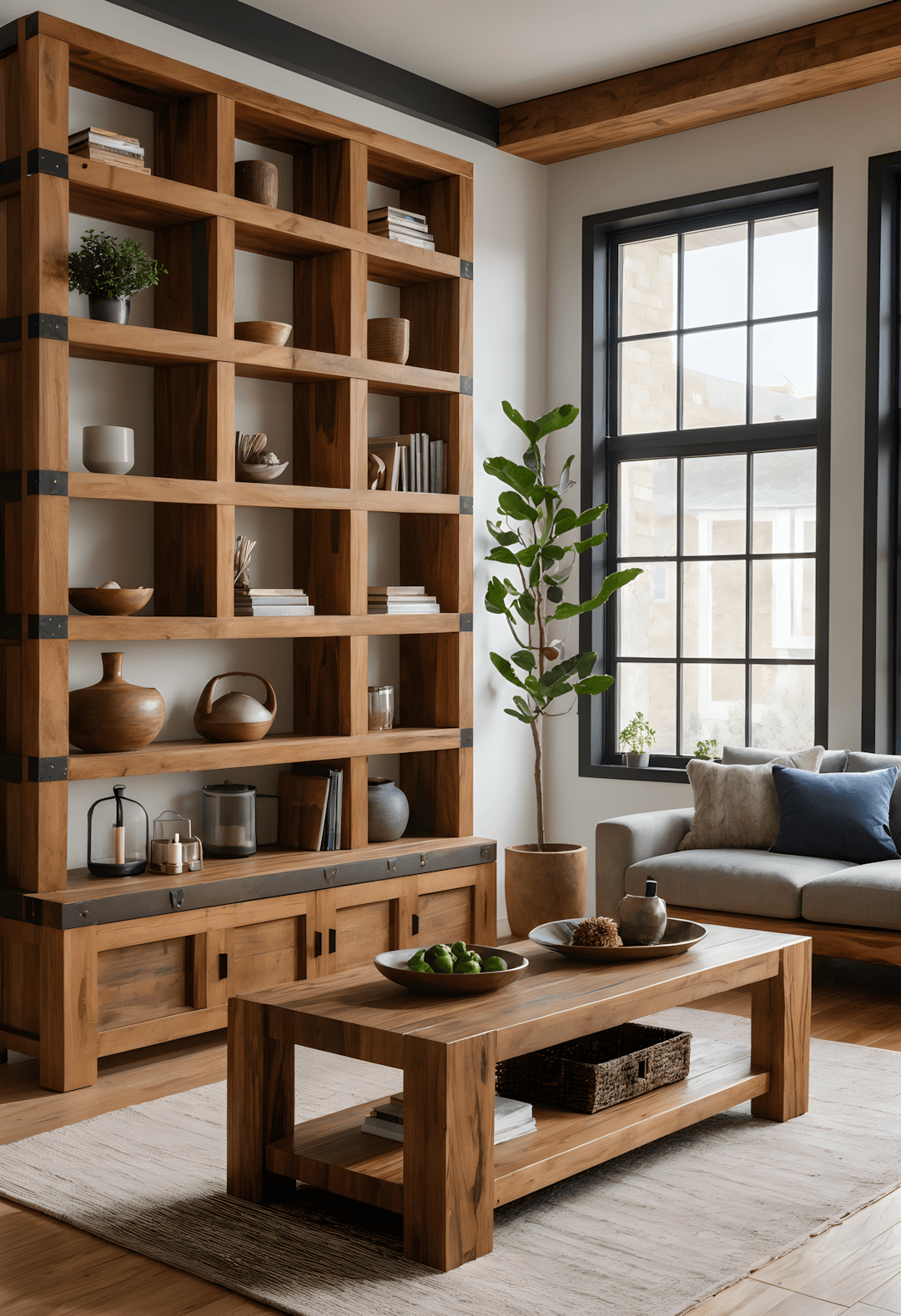
This organic approach often works well for homeowners wanting to add warmth and natural character. Wood elements typically bring authentic texture and visual warmth that enhances cozy aesthetics across various design styles.
Material consideration: Reclaimed or weathered wood often provides additional character and sustainability benefits while adding authentic charm.
Design compatibility: Wood typically works well with various color schemes and decorating styles, from rustic to contemporary approaches.
7. Floor Cushion Comfort
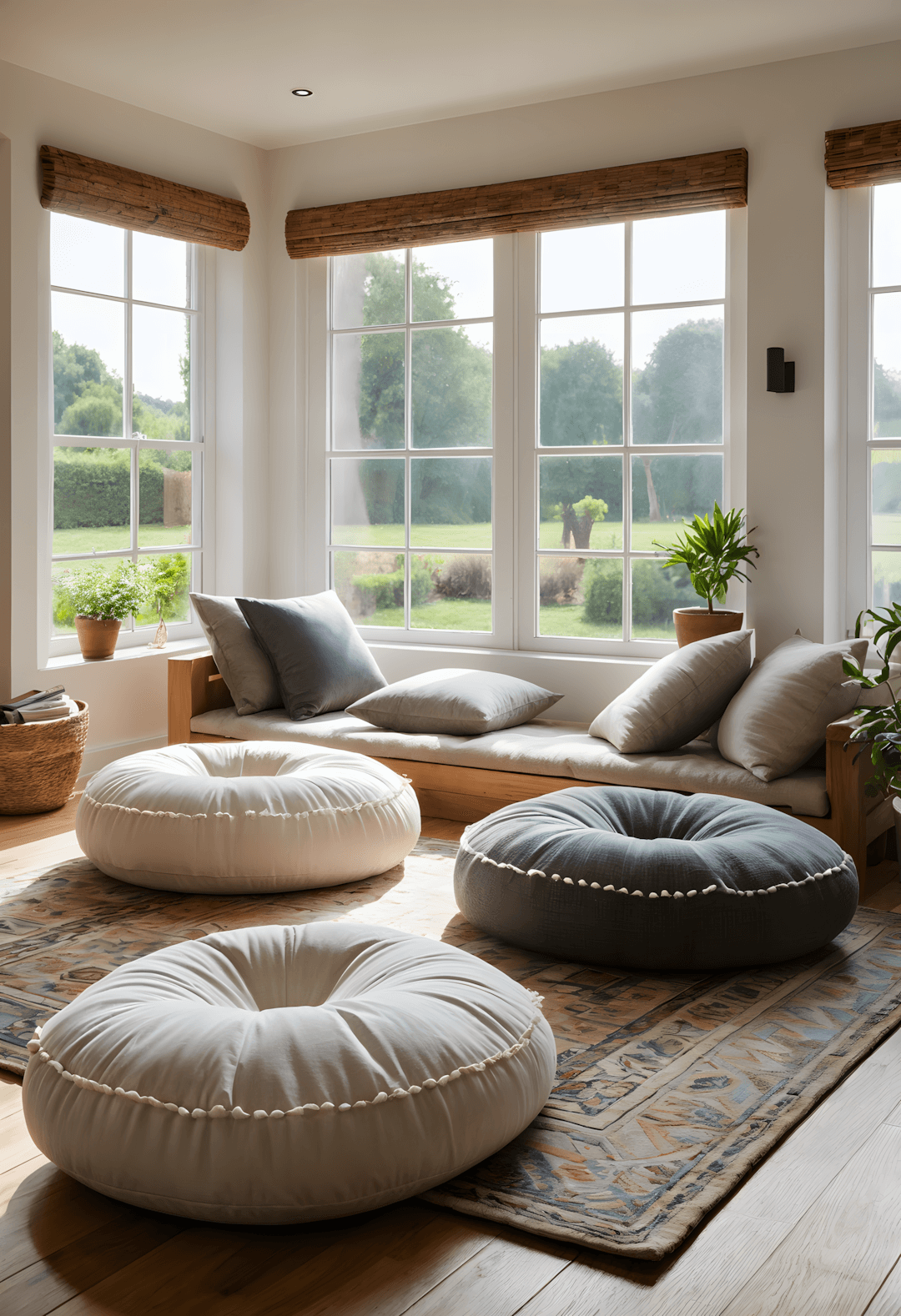
This casual approach often appeals to homeowners seeking flexible, informal seating options. Floor cushions typically create relaxed environments that encourage casual conversation and varied seating arrangements.
Design benefit: This approach often provides additional seating without permanent furniture commitment while adding textural and color opportunities.
Practical consideration: Quality floor cushions often require proper support and durable fabrics to maintain comfort and appearance over time.
8. Living Plant Integration
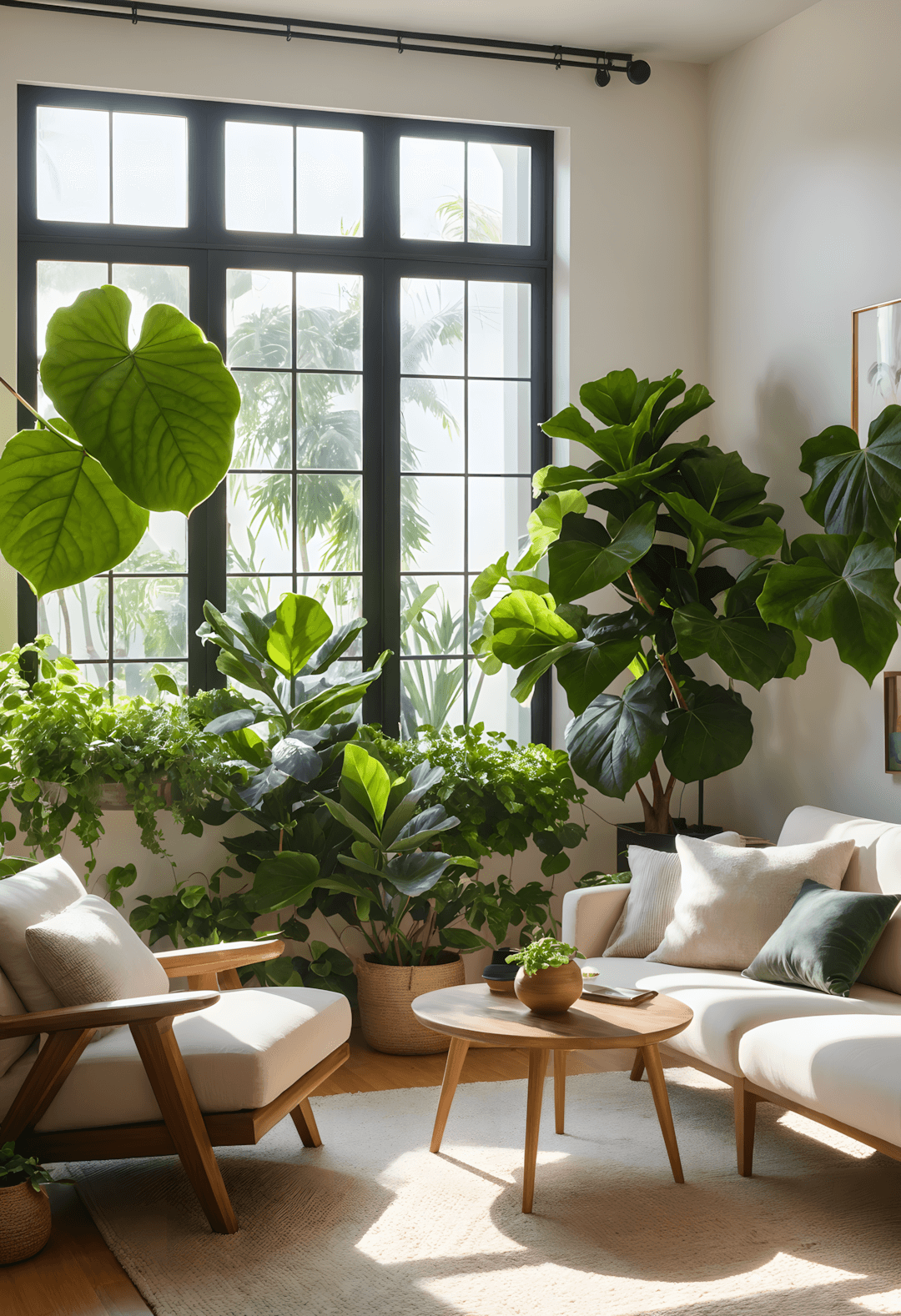
This natural approach often works well for homeowners wanting to enhance air quality while adding life and color. Plants typically contribute to cozy environments by softening hard surfaces and connecting interior spaces with nature.
Plant selection: A mix of larger statement plants and smaller varieties often creates visual interest while accommodating different care requirements and lighting conditions.
Design benefit: Plants often improve both air quality and psychological well-being while adding natural beauty that enhances overall comfort.
9. Accessible Throw Blanket Placement
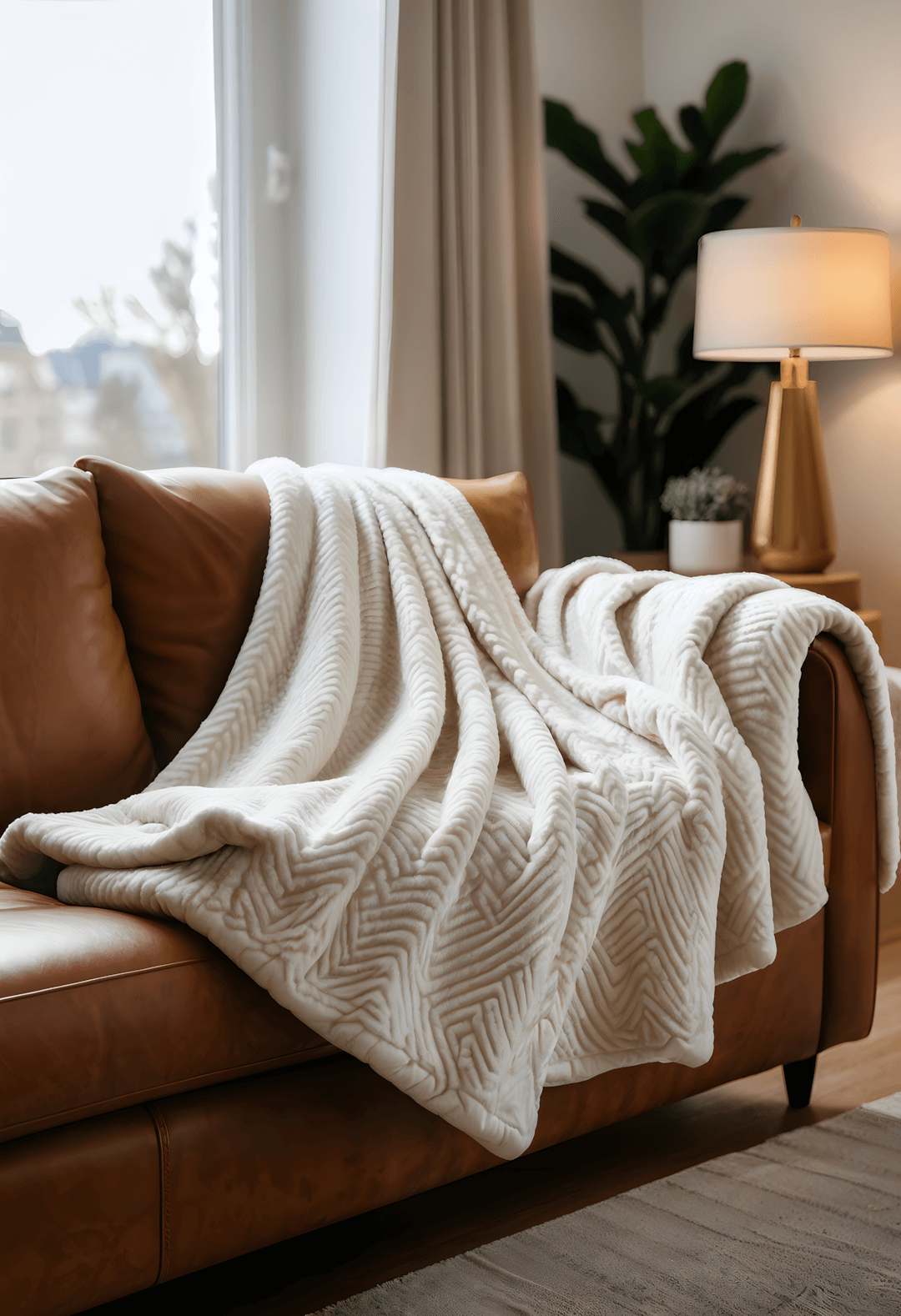
This practical comfort approach often appeals to homeowners prioritizing everyday usability. Strategically placed soft throws typically ensure comfort is always within reach while adding visual warmth and texture.
Material consideration: Chunky knits, soft fleece, or quality wool often provide both visual appeal and functional warmth for various seasons and preferences.
Design integration: Throws often serve as both functional items and decorative accents that can easily update color schemes or seasonal themes.
10. Personal Photography Display
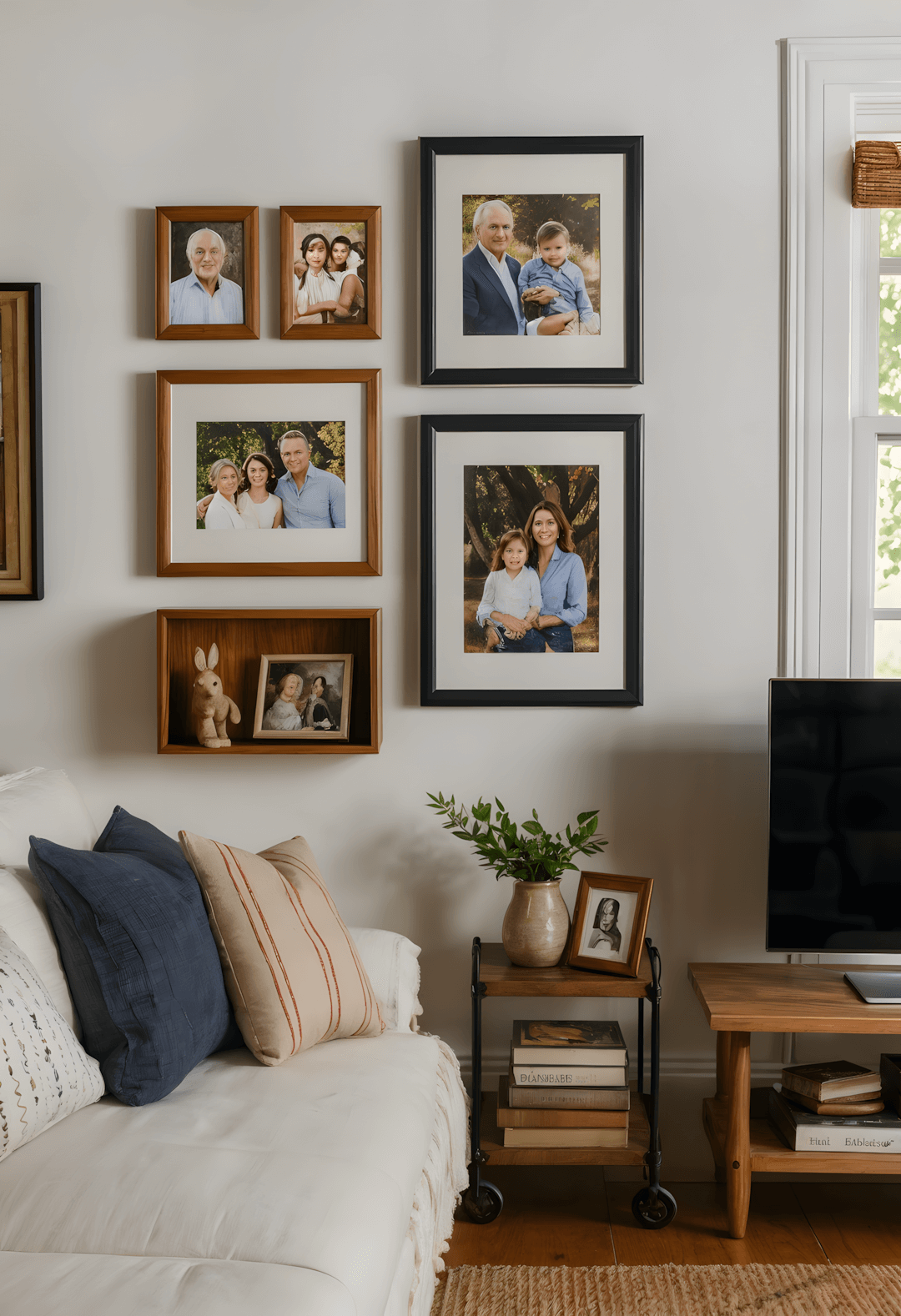
This meaningful approach often works well for homeowners wanting spaces that reflect personal history and relationships. Family photos and meaningful images typically create emotional warmth that enhances the cozy atmosphere.
Display strategy: Gallery walls or collected arrangements often create focal points while celebrating personal connections and memories.
Design consideration: Consistent framing or matting often helps varied photos work together cohesively while maintaining visual organization.
11. Fireplace Focal Point Development
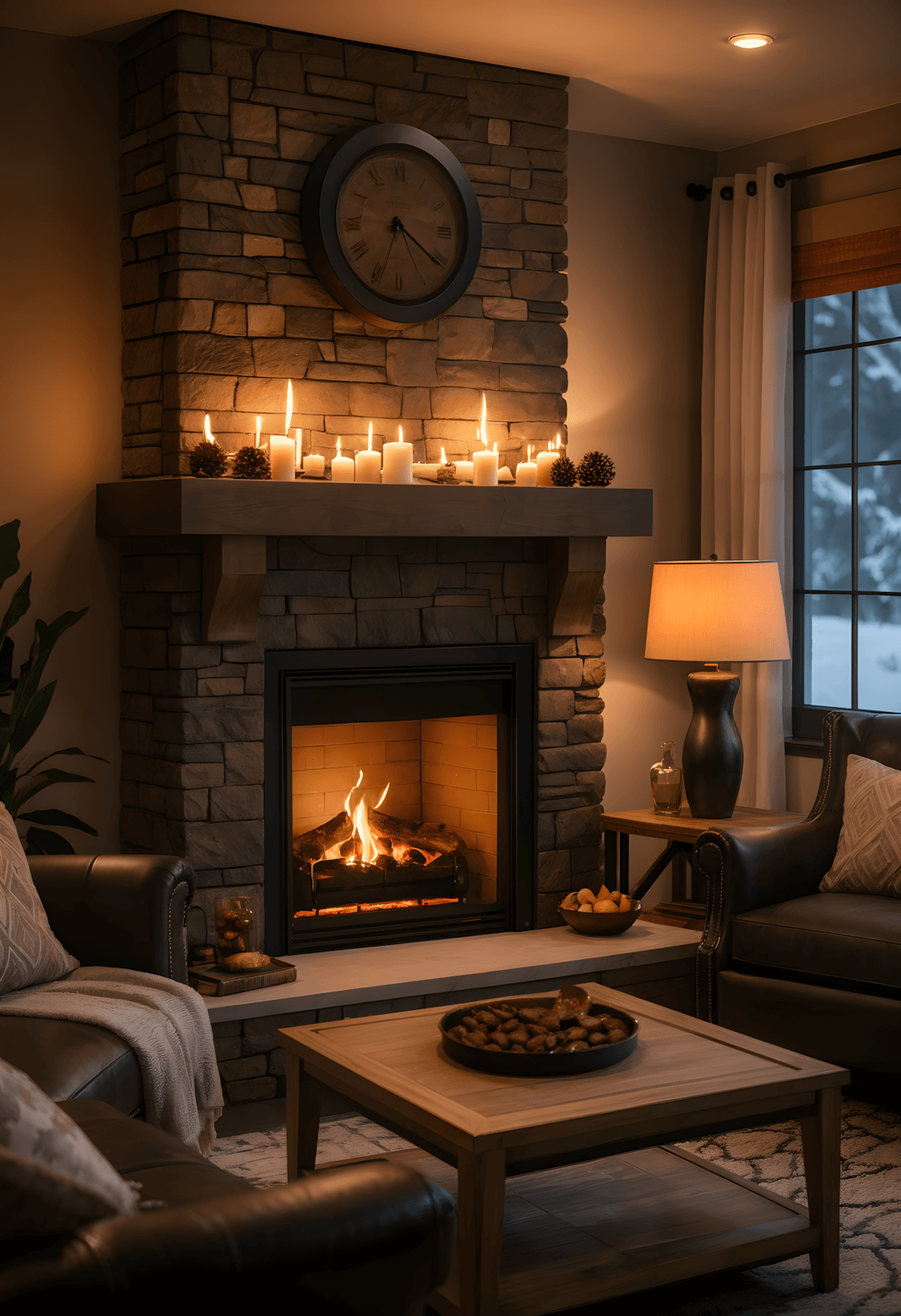
This warming approach often appeals to homeowners with existing fireplaces or those considering installation. Fire elements typically create natural gathering points while providing both physical and visual warmth.
Design enhancement: Fireplace areas often benefit from surrounding seating arrangements and complementary lighting that enhance the cozy atmosphere.
Alternative options: Electric fireplaces or candle arrangements often provide similar visual warmth for spaces without traditional fireplace options.
12. Plush Area Rug Foundation
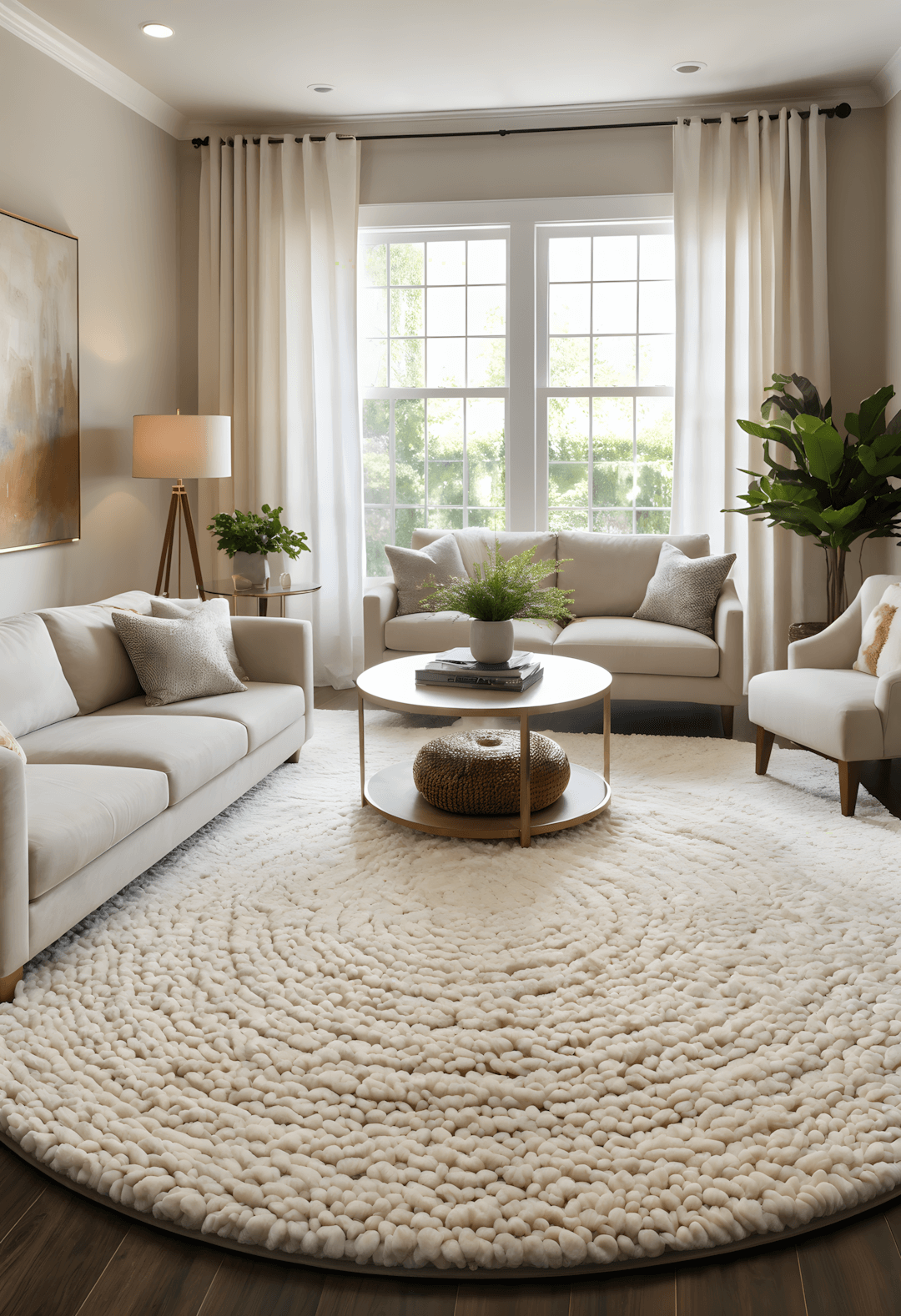
This grounding approach often works well for homeowners wanting to define and soften seating areas. Quality rugs typically provide both physical comfort and visual anchoring for furniture arrangements.
Size consideration: Larger rugs that accommodate furniture often create more cohesive, intentional arrangements than smaller accent pieces.
Texture variety: Plush, textured, or patterned rugs often add visual interest while providing the softness essential to cozy environments.
13. Wool Throw Integration
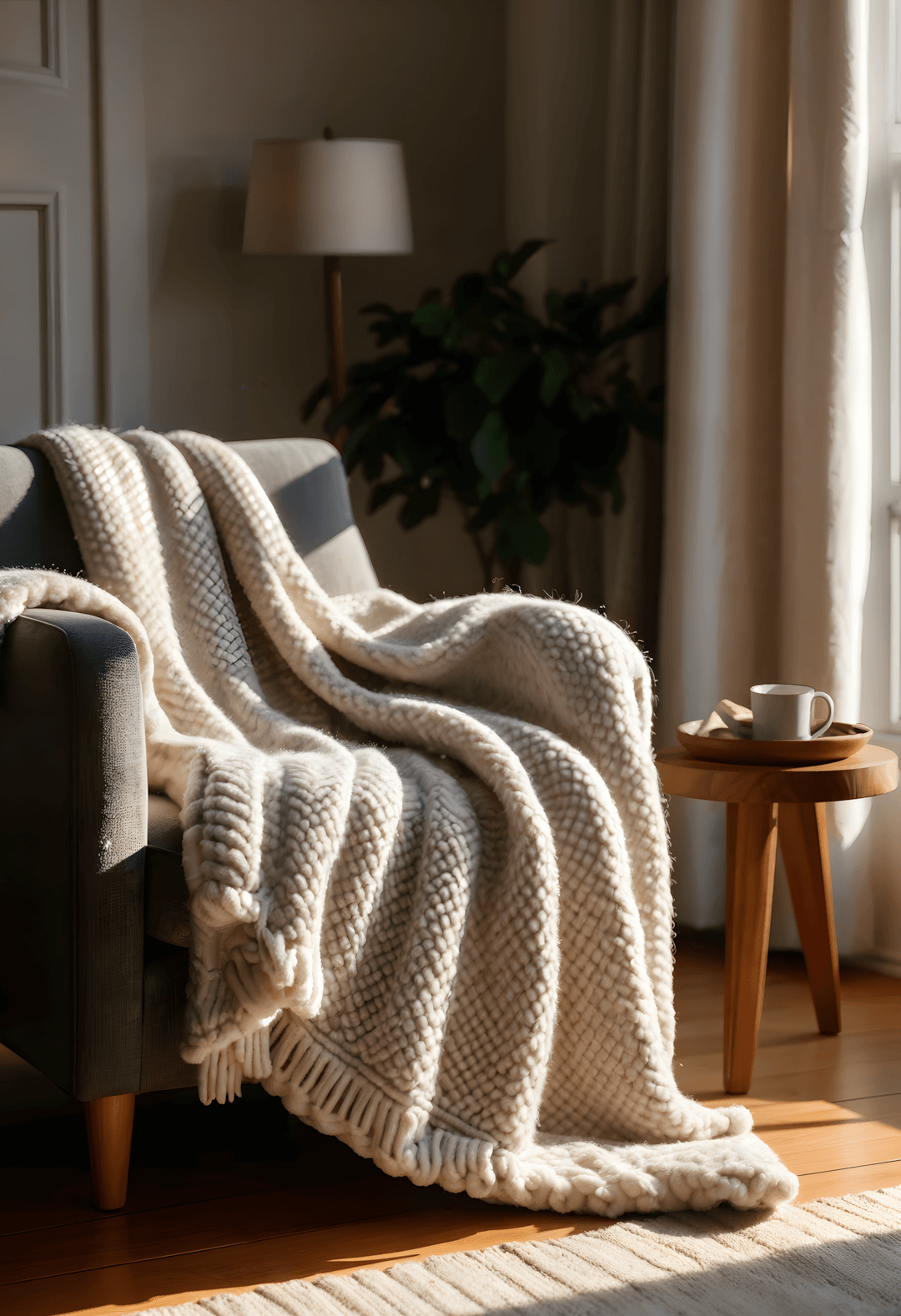
This natural comfort approach often appeals to homeowners appreciating traditional materials and lasting quality. Wool throws typically provide excellent warmth and durability while adding authentic texture and visual appeal.
Material benefit: Wool’s natural properties often provide temperature regulation and moisture-wicking qualities that enhance comfort across seasons.
Design versatility: Wool throws often work well across various color schemes and design styles while maintaining their appeal over time.
14. Vintage Furniture Character
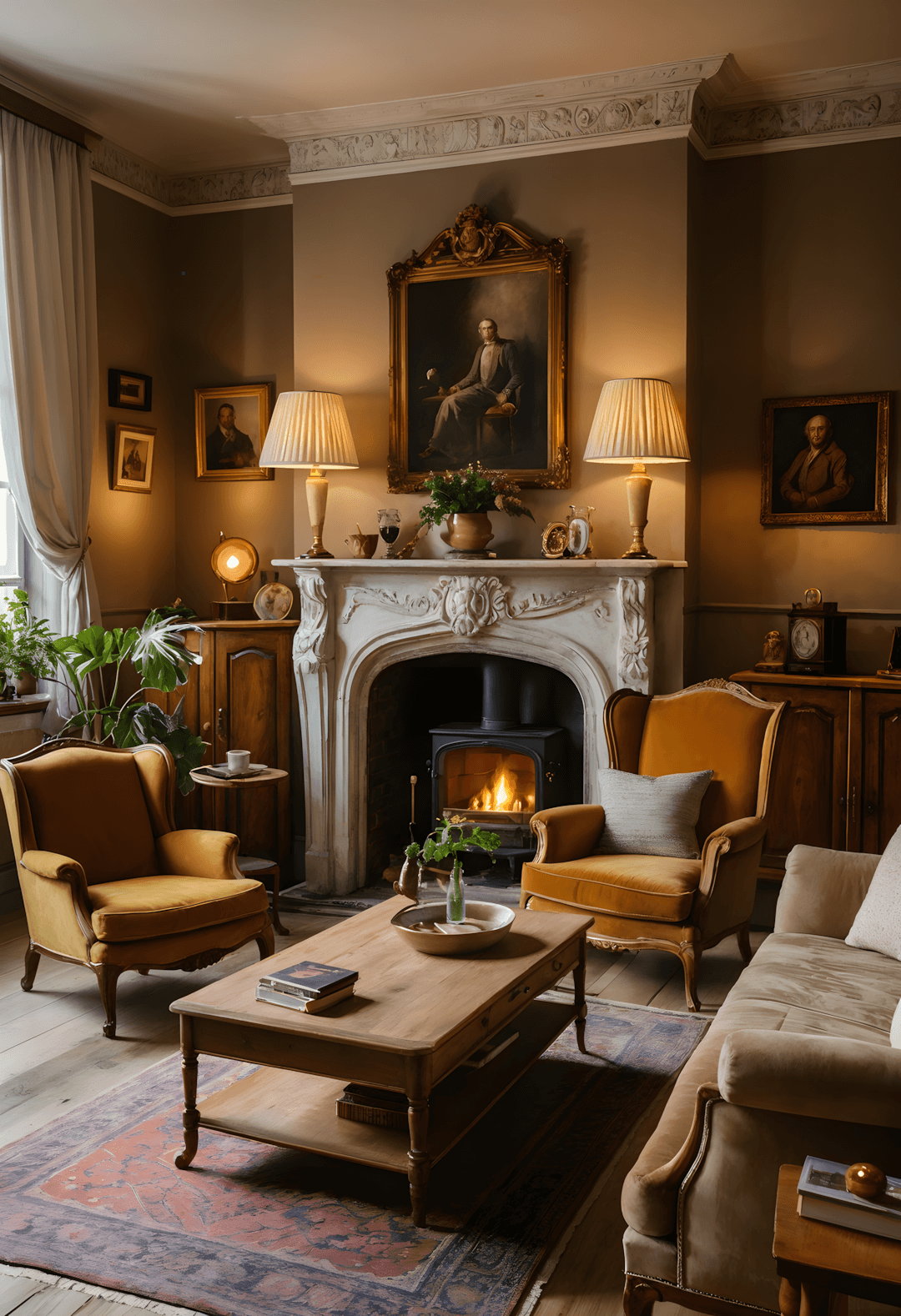
This personality-rich approach often works well for homeowners wanting unique pieces with authentic charm. Vintage furniture typically adds character and history that new pieces cannot replicate while supporting sustainable decorating practices.
Design benefit: Vintage pieces often provide conversation starters and unique visual interest that makes spaces feel collected rather than purchased.
Quality consideration: Well-made vintage furniture often provides superior construction and materials compared to contemporary mass-produced alternatives.
15. Scented Candle Atmosphere
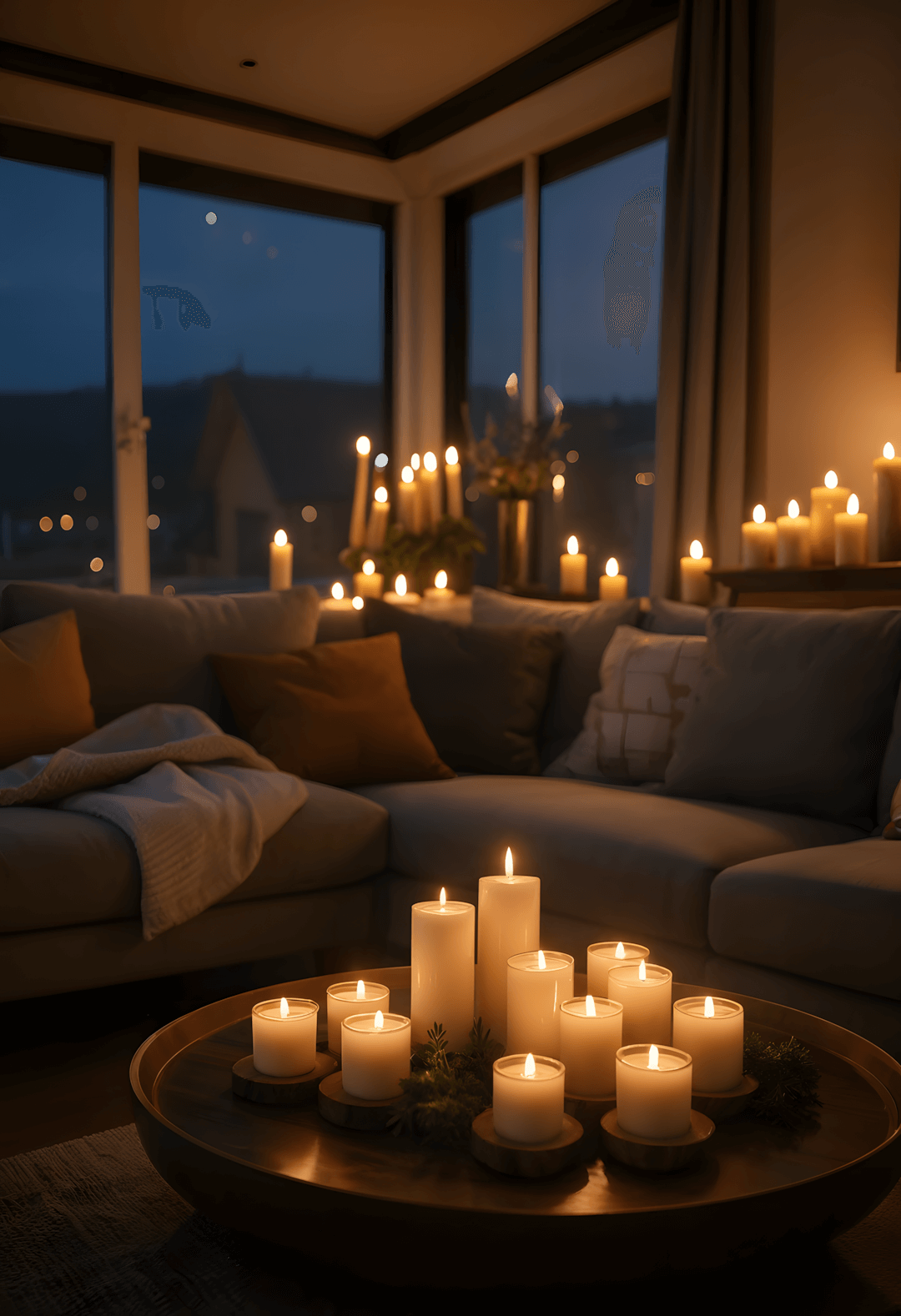
This sensory approach often appeals to homeowners understanding scent’s impact on comfort and mood. Quality candles typically provide both gentle lighting and pleasant fragrances that enhance the overall cozy experience.
Scent selection: Natural options like lavender, vanilla, or sandalwood often create calming atmospheres without overwhelming sensitivity or triggering allergies.
Safety consideration: Proper candle placement and supervision often ensure enjoyment while maintaining safety in living environments.
16. Open Shelving Display Strategy
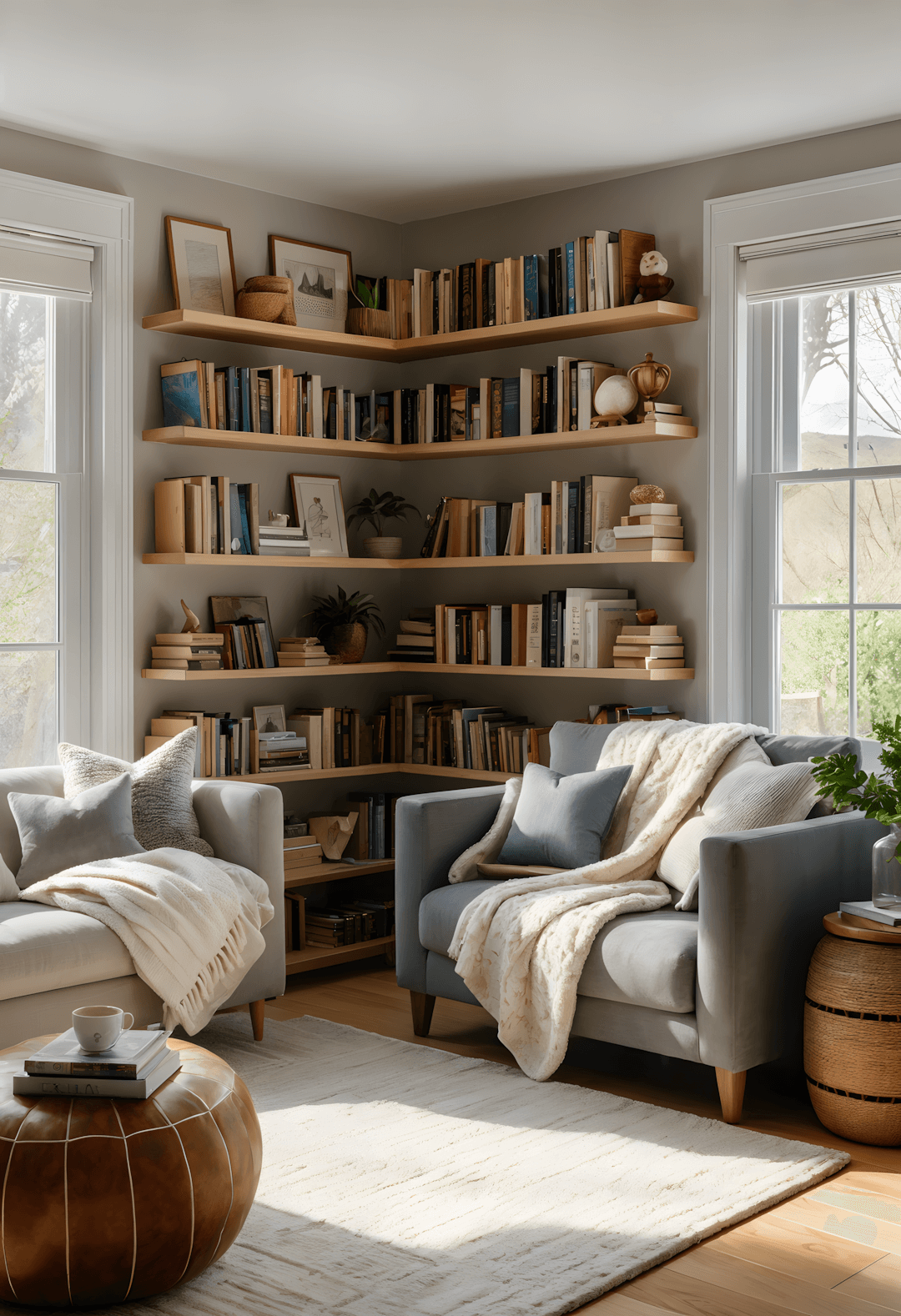
This functional approach often works well for homeowners wanting to display meaningful objects while maintaining organized storage. Open shelving typically allows for personal expression while keeping frequently used items accessible.
Display approach: Mixing books, decorative objects, and functional items often creates lived-in appeal while maintaining visual organization.
Design balance: Varying heights, textures, and colors often creates visual interest while preventing shelves from appearing cluttered or overwhelming.
17. Textured Wall Treatment
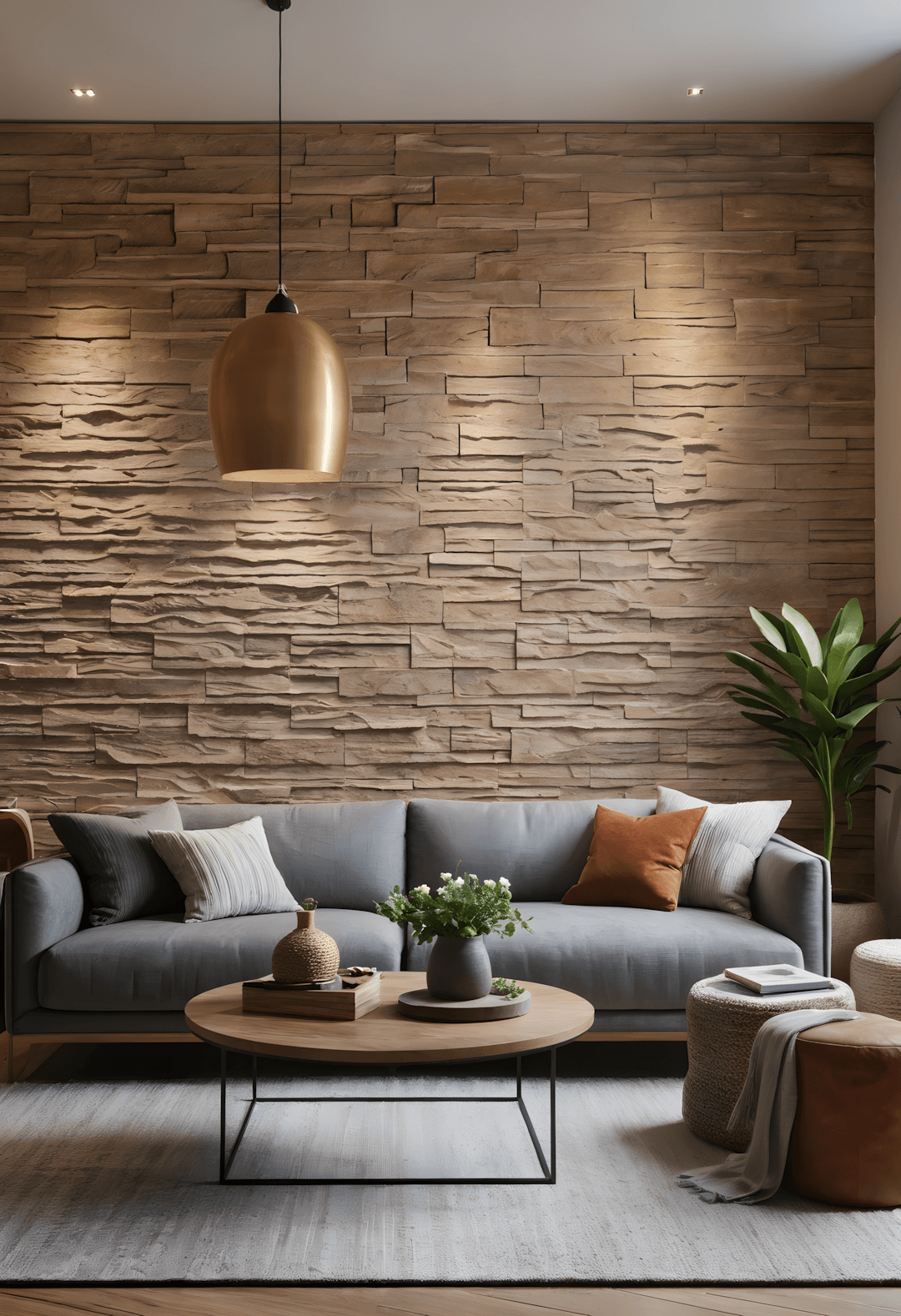
This dimensional approach often appeals to homeowners wanting architectural interest and visual warmth. Textured walls typically add depth and character that enhances cozy atmospheres through both visual and tactile appeal.
Material options: Shiplap, exposed brick, or textured wallpaper often provide different aesthetic approaches while adding the desired dimensional interest.
Design consideration: Accent walls often provide textural interest without overwhelming the space or requiring extensive renovation work.
18. Calming Artwork Selection
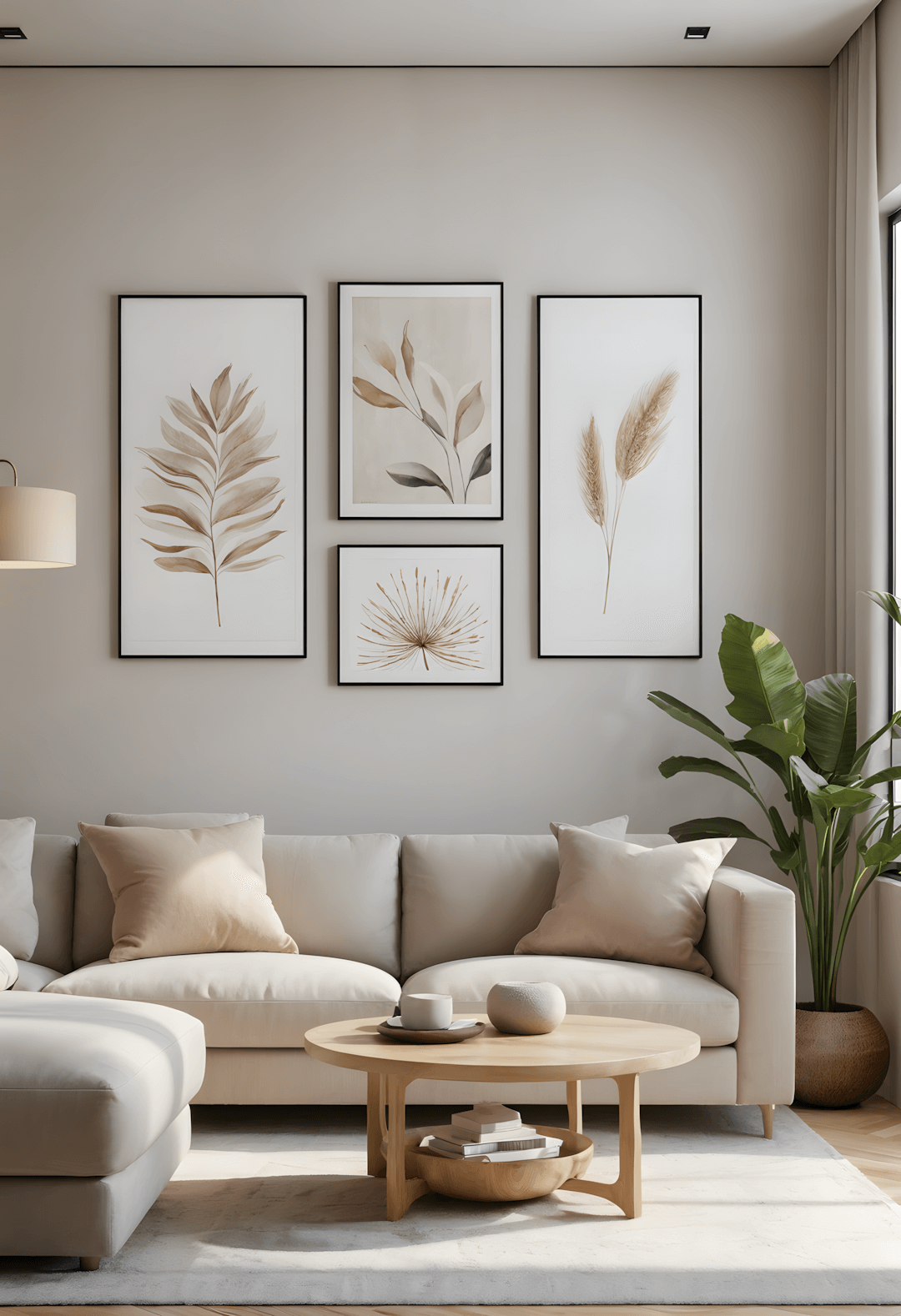
This visual approach often works well for homeowners wanting art that supports relaxation and peaceful environments. Neutral, nature-inspired, or abstract pieces typically complement cozy aesthetics without creating visual tension.
Subject matter: Landscapes, soft abstracts, or minimalist compositions often enhance calm feelings while remaining visually engaging.
Color harmony: Artwork that echoes the room’s color palette often creates cohesive environments while adding visual sophistication.
19. Statement Lighting Fixture
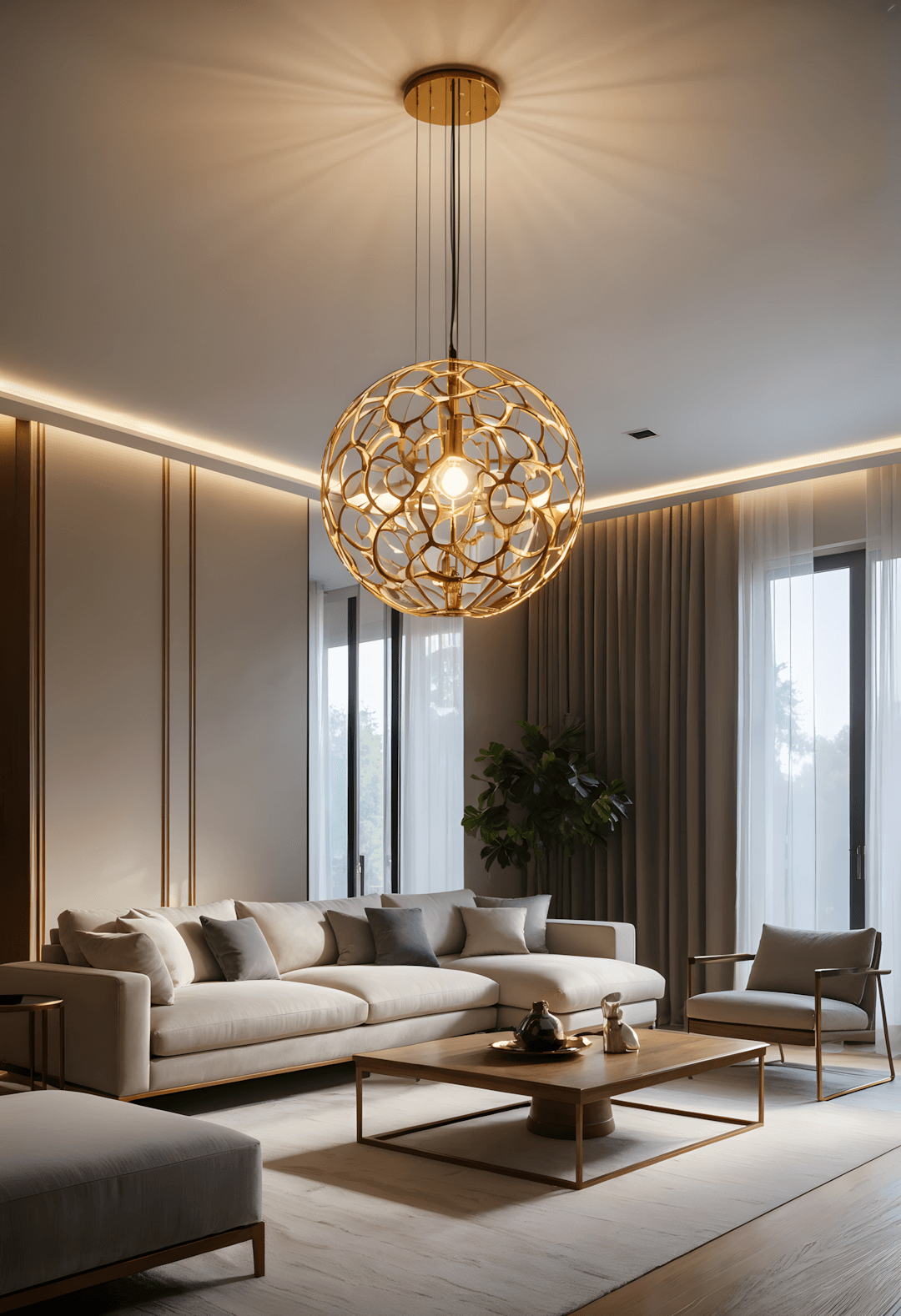
This focal approach often appeals to homeowners wanting lighting that serves as both functional and decorative elements. Distinctive fixtures typically add character while providing the warm illumination essential to cozy environments.
Design balance: Statement pieces often work best when they complement rather than compete with other room elements while providing adequate light distribution.
Style consideration: Fixtures that reflect the overall design aesthetic often enhance rather than detract from the cozy atmosphere.
20. Woven Storage Solutions
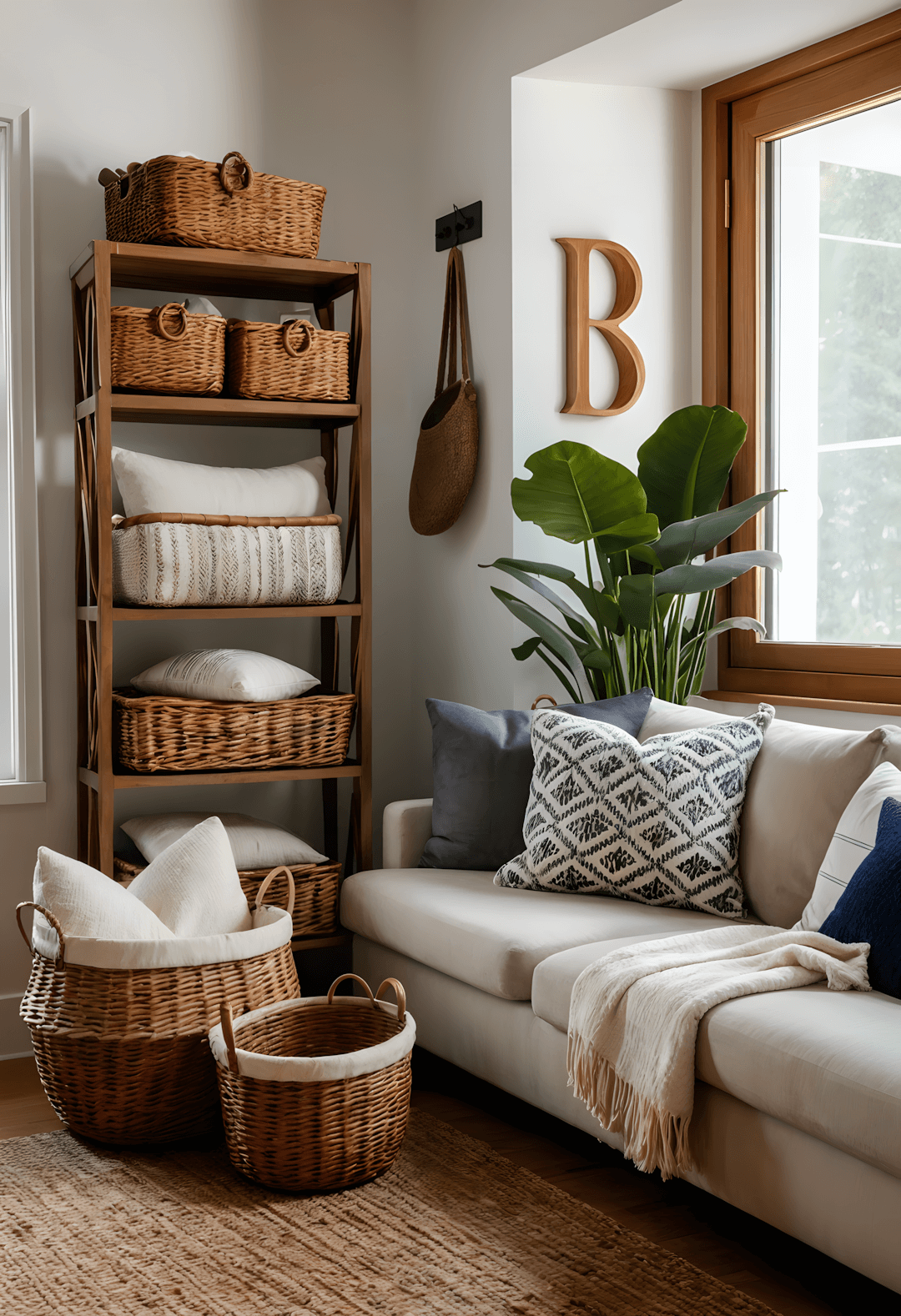
This practical approach often works well for homeowners needing storage that contributes to rather than detracts from cozy aesthetics. Natural fiber baskets typically provide organization while adding texture and organic appeal.
Functional benefit: Baskets often hide clutter while remaining accessible for frequently used items like throws, pillows, or reading materials.
Material choice: Wicker, rattan, or seagrass often provide durability while contributing to the natural, organic feel that enhances cozy environments.
21. Natural Fiber Rug Options
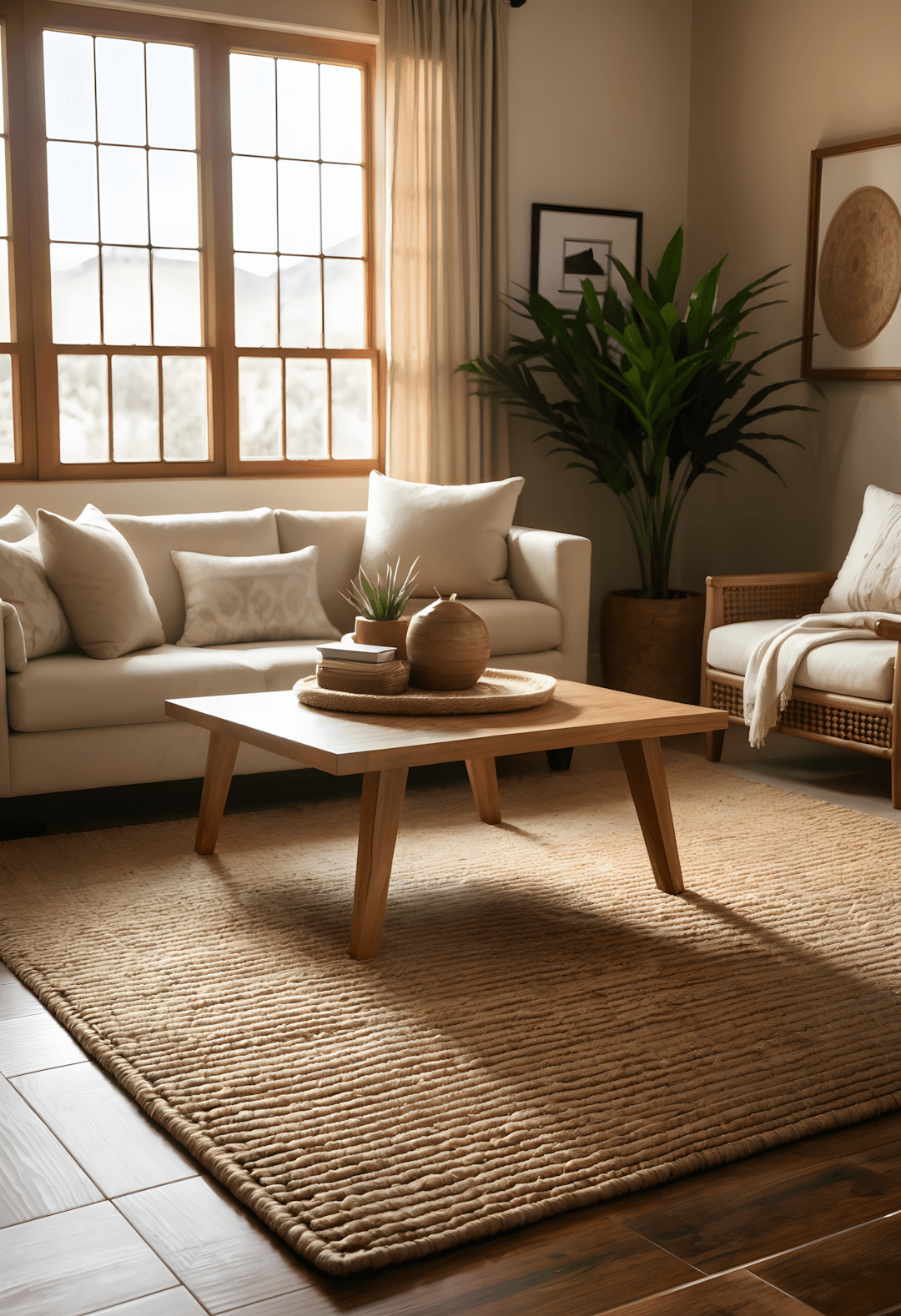
This organic approach often appeals to homeowners wanting sustainable materials that contribute to earthy, grounded aesthetics. Jute, sisal, or hemp rugs typically provide texture and natural appeal while supporting environmental consciousness.
Sustainability benefit: Natural fiber rugs often represent eco-friendly choices while providing durability and authentic texture that enhances cozy environments.
Design compatibility: These materials often work well with various furniture styles while contributing to the natural, organic appeal of cozy spaces.
22. Warm Color Accent Strategy
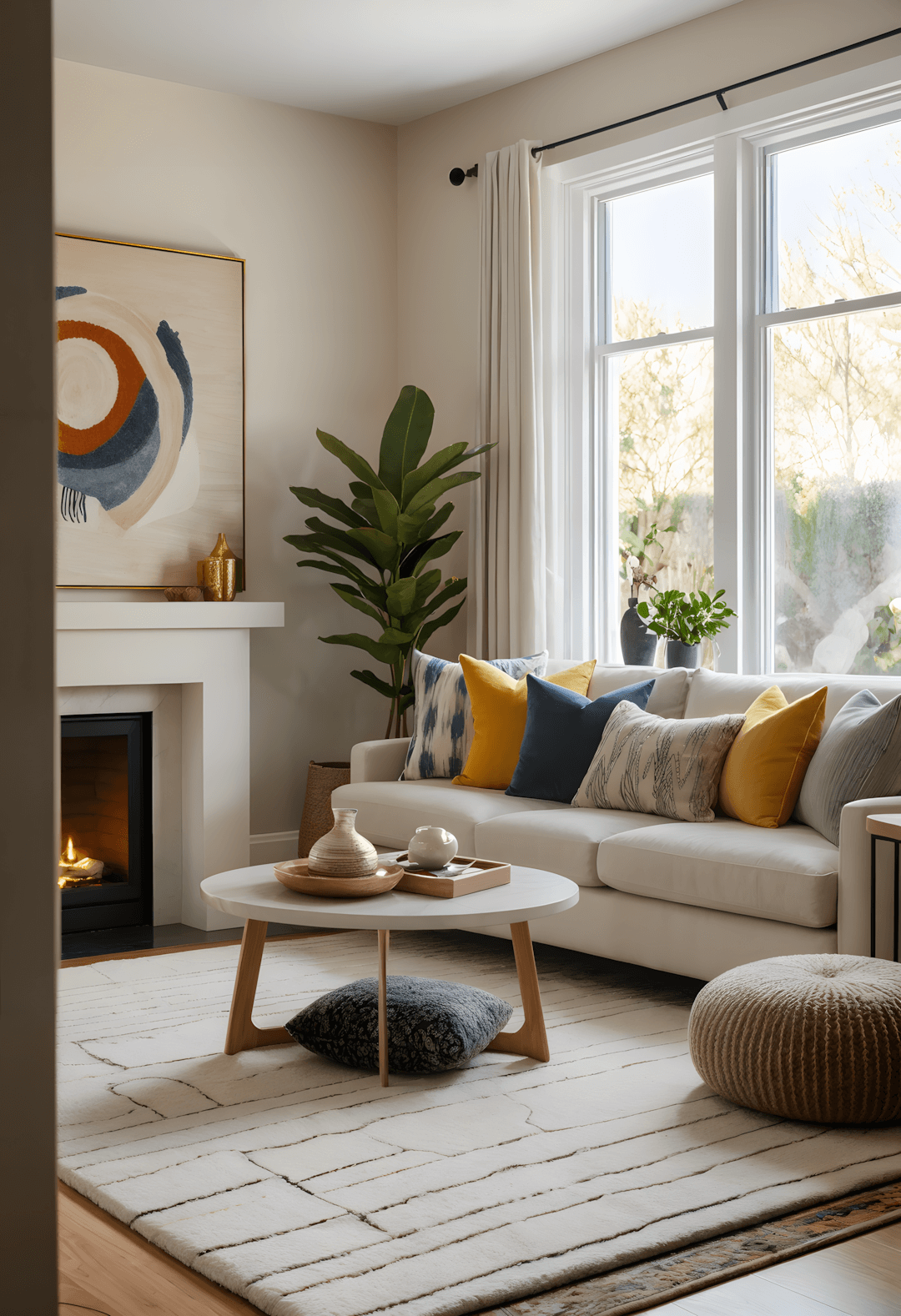
This energizing approach often works well for homeowners wanting to add life and personality to neutral foundations. Strategic warm color placement typically creates visual interest while maintaining overall calm and comfort.
Color selection: Amber, rust, mustard, or warm terracotta often provide energy without overwhelming the peaceful foundation essential to cozy environments.
Application method: Accent colors through pillows, artwork, or small accessories often allow for easy seasonal changes while maintaining design flexibility.
23. Conversation-Friendly Furniture Arrangement
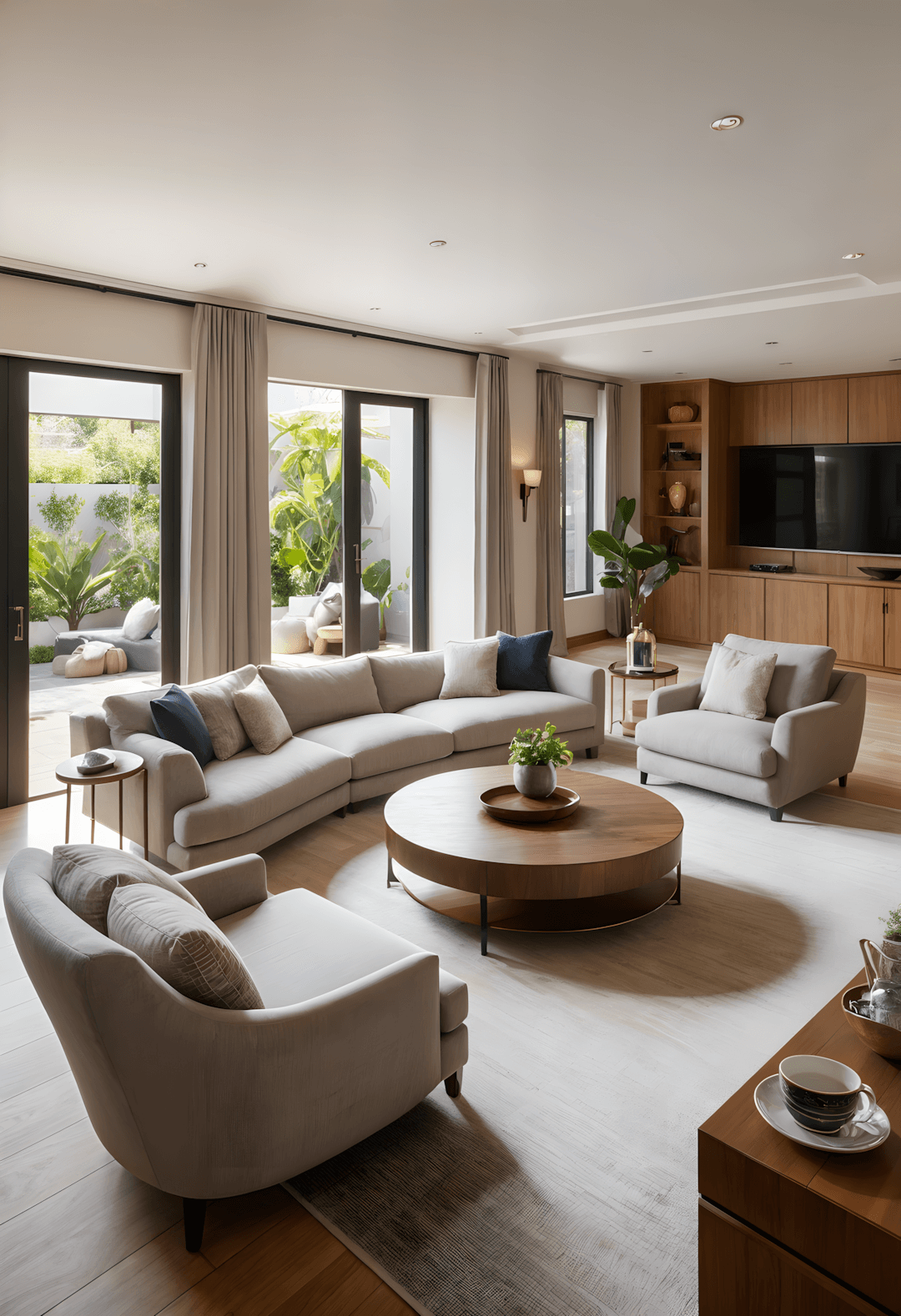
This social approach often appeals to homeowners wanting spaces that encourage interaction while maintaining individual comfort. Thoughtful furniture placement typically creates environments suitable for both conversation and solitary relaxation.
Layout consideration: Circular or facing arrangements often encourage interaction while ensuring each seating position feels comfortable and included.
Flexibility benefit: Arrangements that can be easily adjusted often accommodate different activities and group sizes while maintaining cozy appeal.
24. Sheepskin Accent Integration
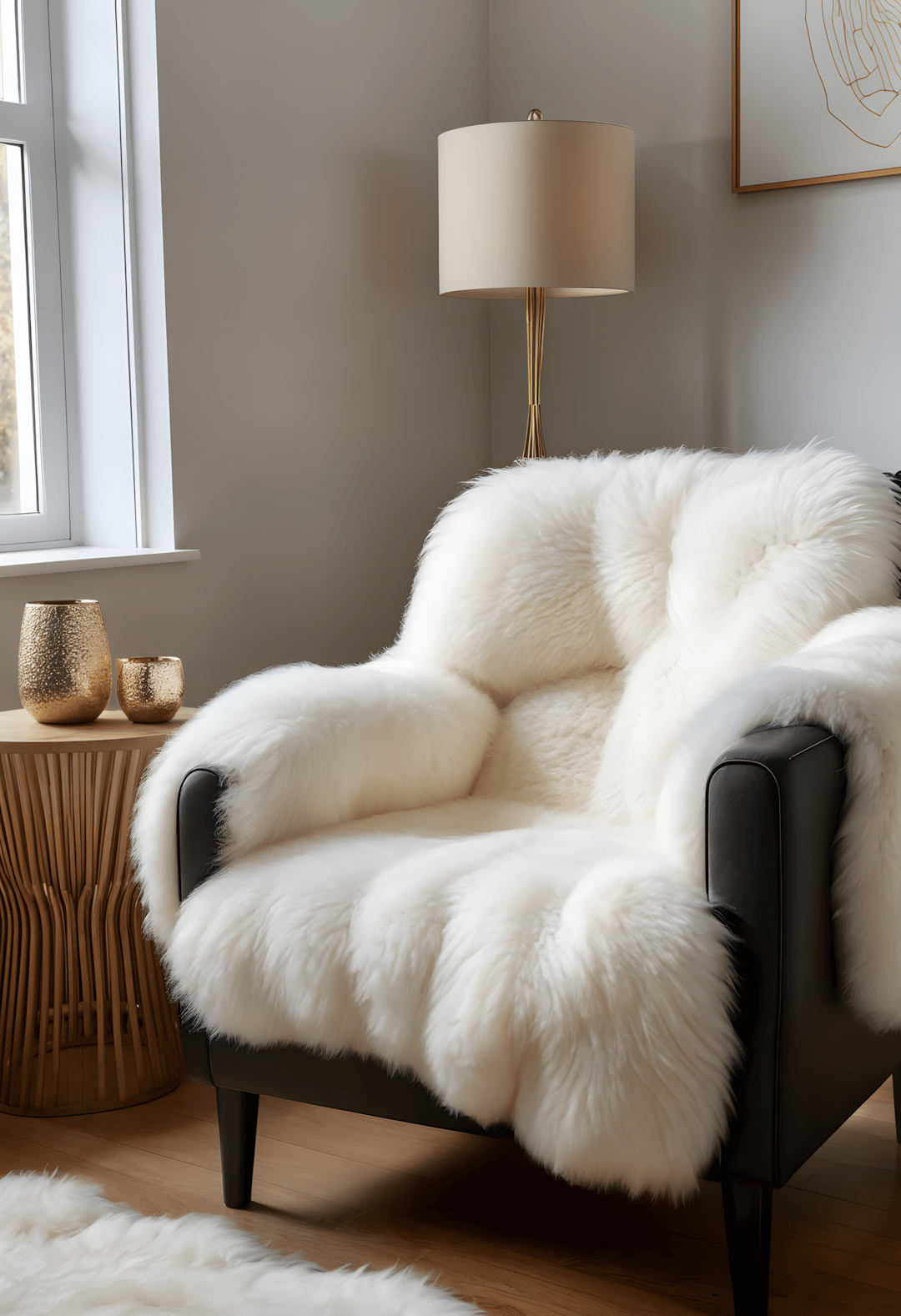
This luxurious comfort approach often works well for homeowners wanting additional softness and warmth. Sheepskin elements typically provide exceptional tactile appeal while adding visual texture and natural luxury.
Placement options: Draped over chairs, placed on floors, or used as pillow covers often provide various ways to incorporate this natural luxury element.
Care consideration: Quality sheepskin often requires specific care but provides long-lasting comfort and beauty when properly maintained.
25. Dedicated Reading Nook Creation
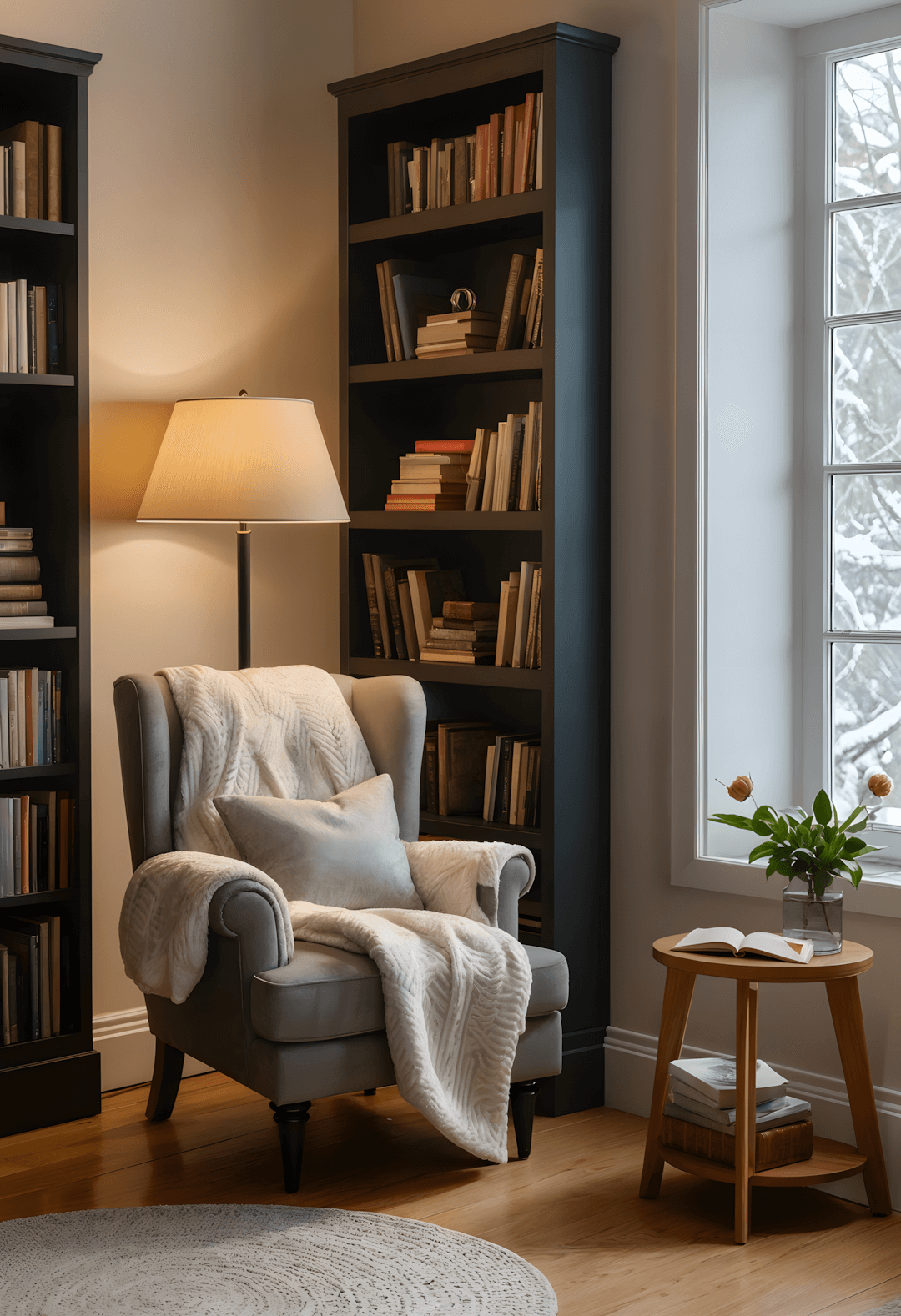
This purposeful approach often appeals to homeowners wanting specific spaces for quiet activities and personal retreat. Reading nooks typically combine comfortable seating, good lighting, and accessible storage for books and personal items.
Design elements: Comfortable chairs, adequate lighting, and nearby surfaces for books and beverages often create functional retreats within larger living spaces.
Personal benefit: Dedicated spaces for quiet activities often enhance overall well-being while providing designated areas for relaxation and personal interests.
Understanding Cozy Design Psychology
Through various projects, I’ve observed that successful cozy living rooms often address both physical comfort and psychological well-being. The most effective cozy spaces typically incorporate elements that appeal to multiple senses while creating environments that feel both safe and stimulating.
Psychological comfort often comes from environments that feel controlled and personalized, where inhabitants can easily adjust lighting, temperature, and arrangement to suit their current needs. Physical comfort typically requires attention to seating quality, accessible soft textiles, and appropriate lighting for various activities.
Practical Implementation Strategies
Creating genuinely cozy environments often requires balancing immediate comfort with long-term functionality. The most successful approaches typically involve gradual layering of elements rather than complete room overhauls, allowing homeowners to assess what works for their specific lifestyle and preferences.
Budget-conscious approaches often focus on textiles, lighting, and accessories that provide significant impact without major investment. These elements often allow for seasonal updates and personal expression while maintaining the foundation elements that create lasting coziness.
Quality often matters more than quantity in cozy design—a few well-chosen, comfortable pieces typically create better results than numerous lower-quality items that may not provide lasting comfort or visual appeal.
Seasonal Adaptability
Successful cozy living rooms often accommodate seasonal changes through easily adjustable elements. Lighter throws and brighter accents often work well for warmer months, while heavier textiles and richer colors typically enhance comfort during cooler seasons.
Lighting often becomes particularly important for seasonal coziness, with longer candle use and warmer light tones supporting comfort during darker months. Natural light enhancement through clean windows and strategic mirror placement often helps maintain cozy appeal year-round.
Making Cozy Work for Your Lifestyle
The key to successful cozy living room design often lies in understanding how you actually use your space and what specific elements contribute to your personal sense of comfort and relaxation. Some people find coziness in minimal, clean environments, while others prefer richly layered, abundant textures and colors.
Consider your daily routines, entertaining habits, and personal comfort preferences when selecting cozy elements. The most successful cozy living rooms often reflect their inhabitants’ genuine lifestyle needs rather than following prescribed formulas that may not suit individual circumstances.
Remember: For any electrical work, structural changes, or built-in installations mentioned in these ideas, always consult with licensed professionals to ensure proper installation and code compliance.

